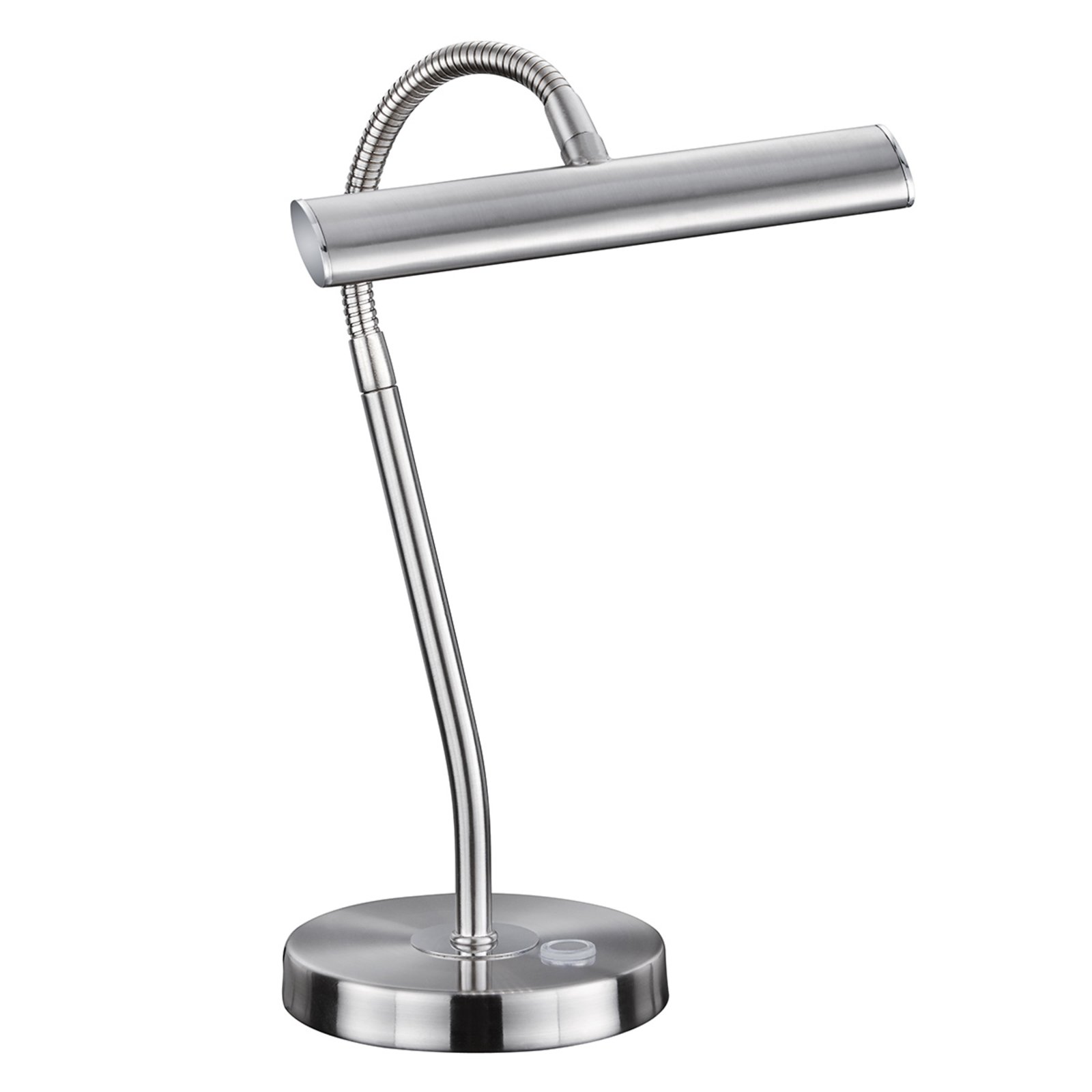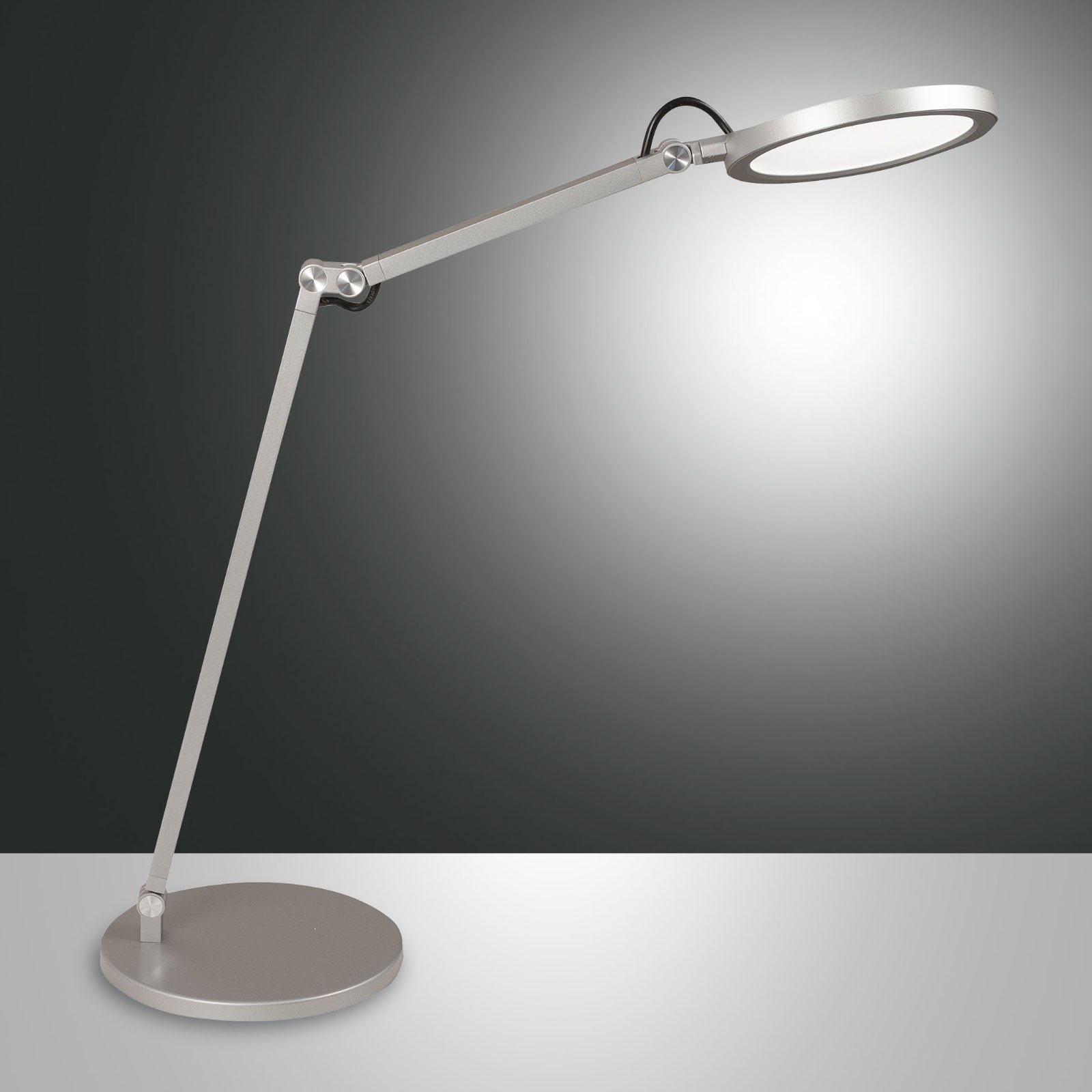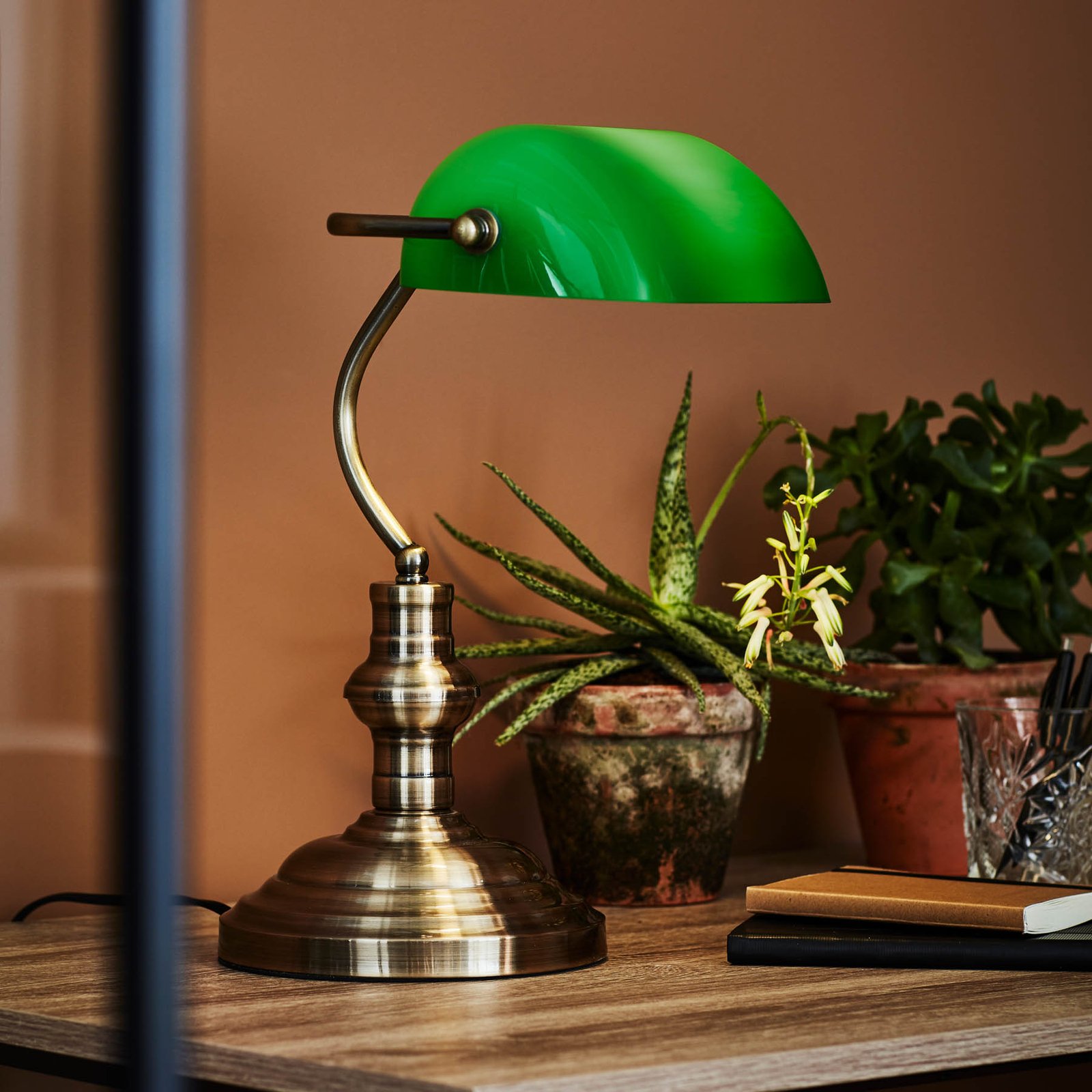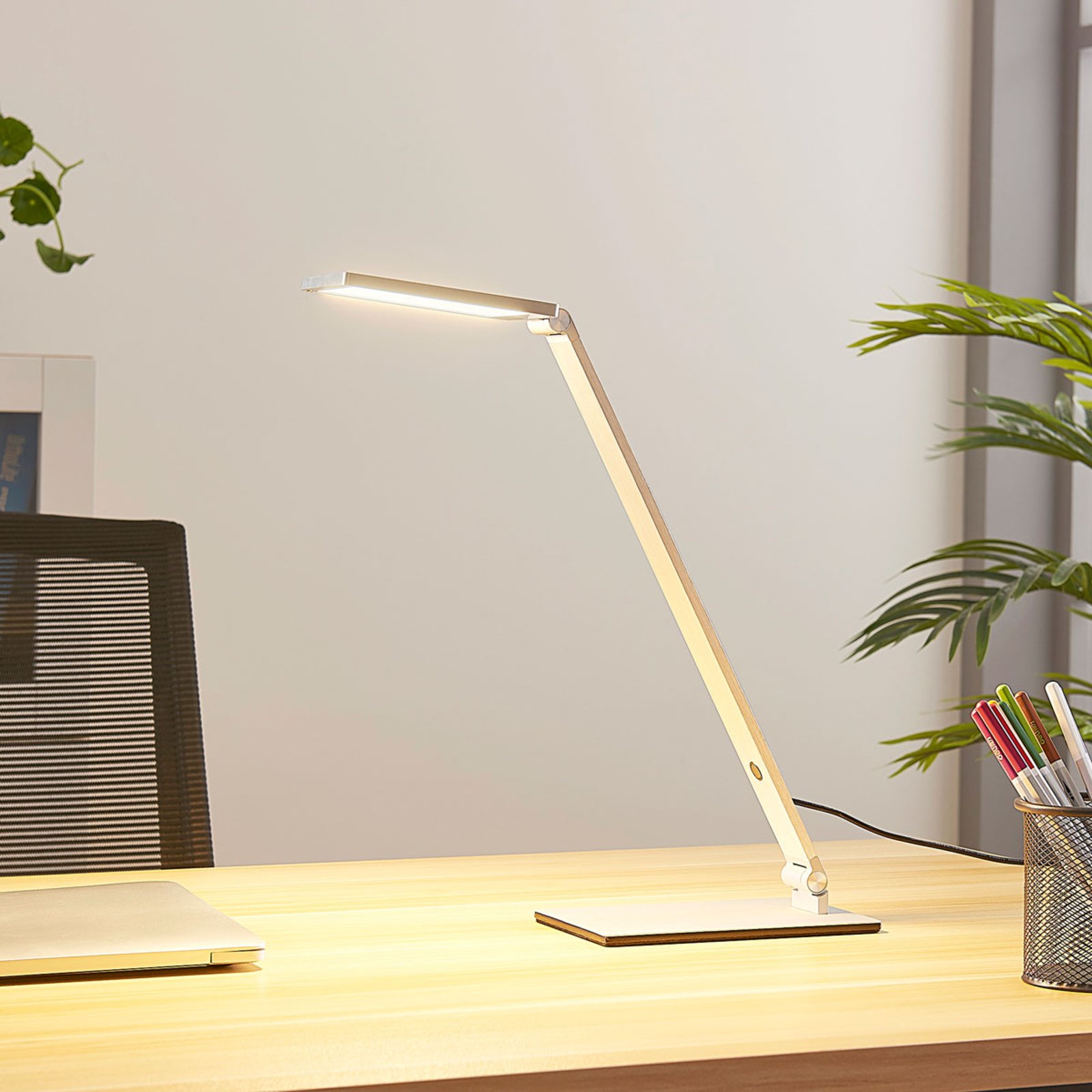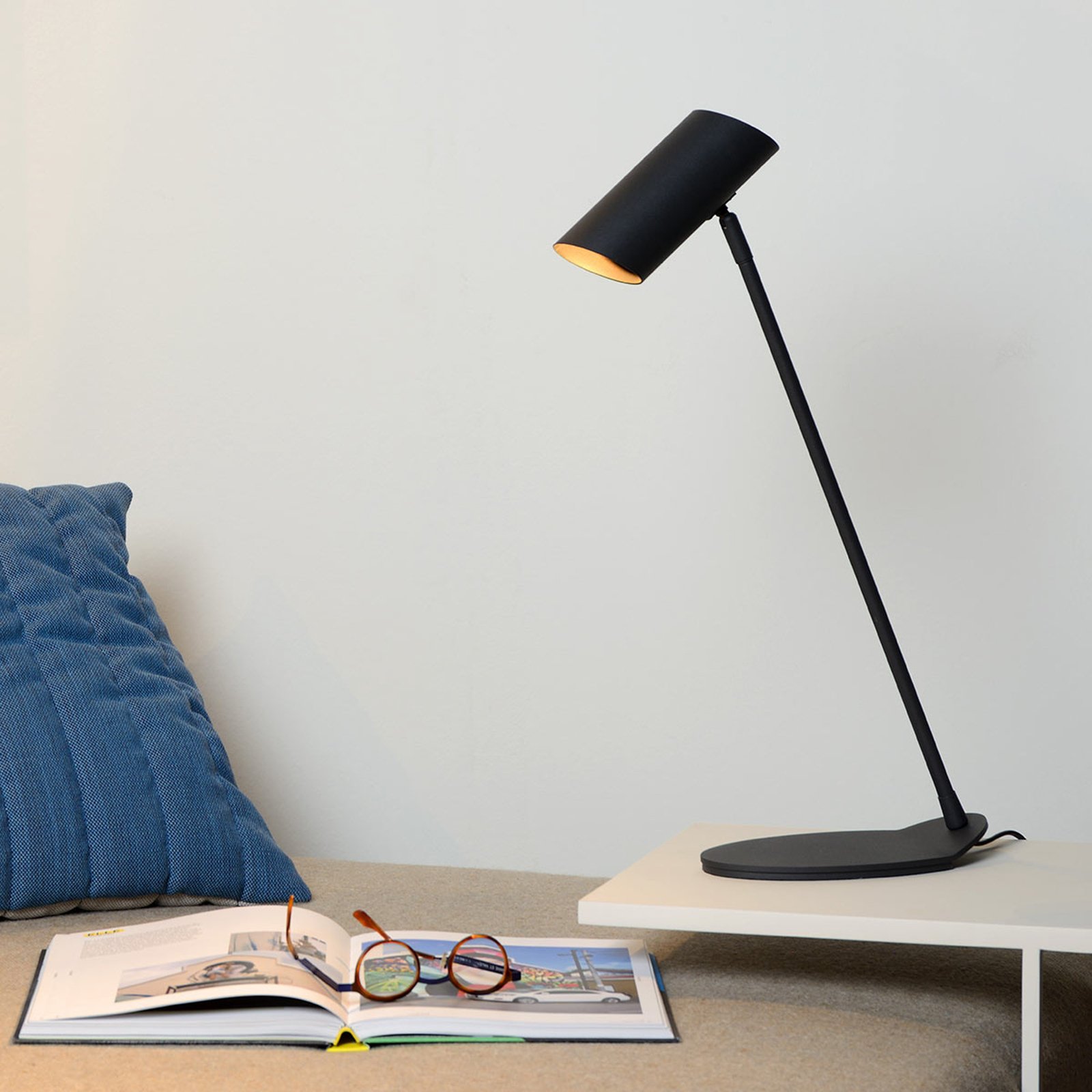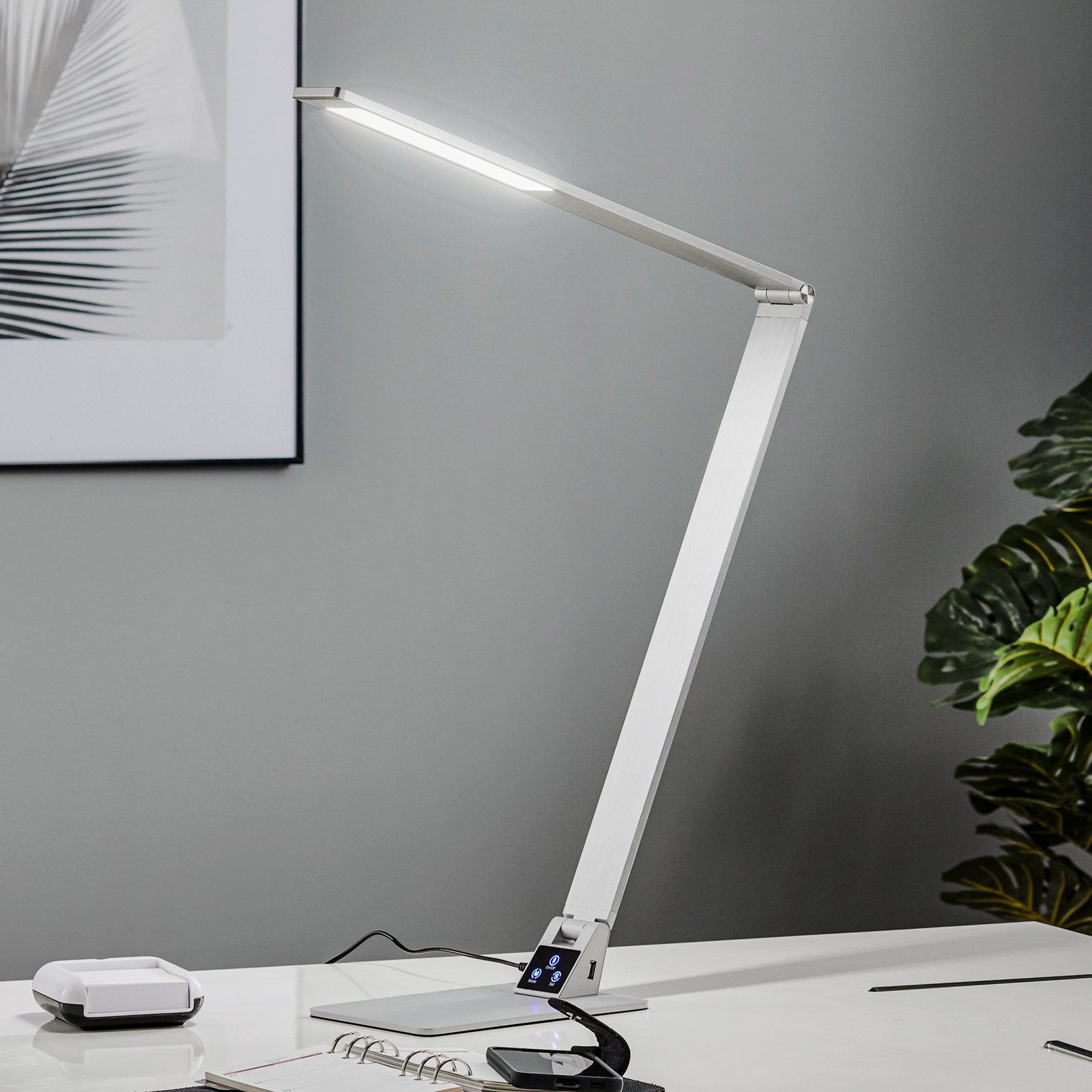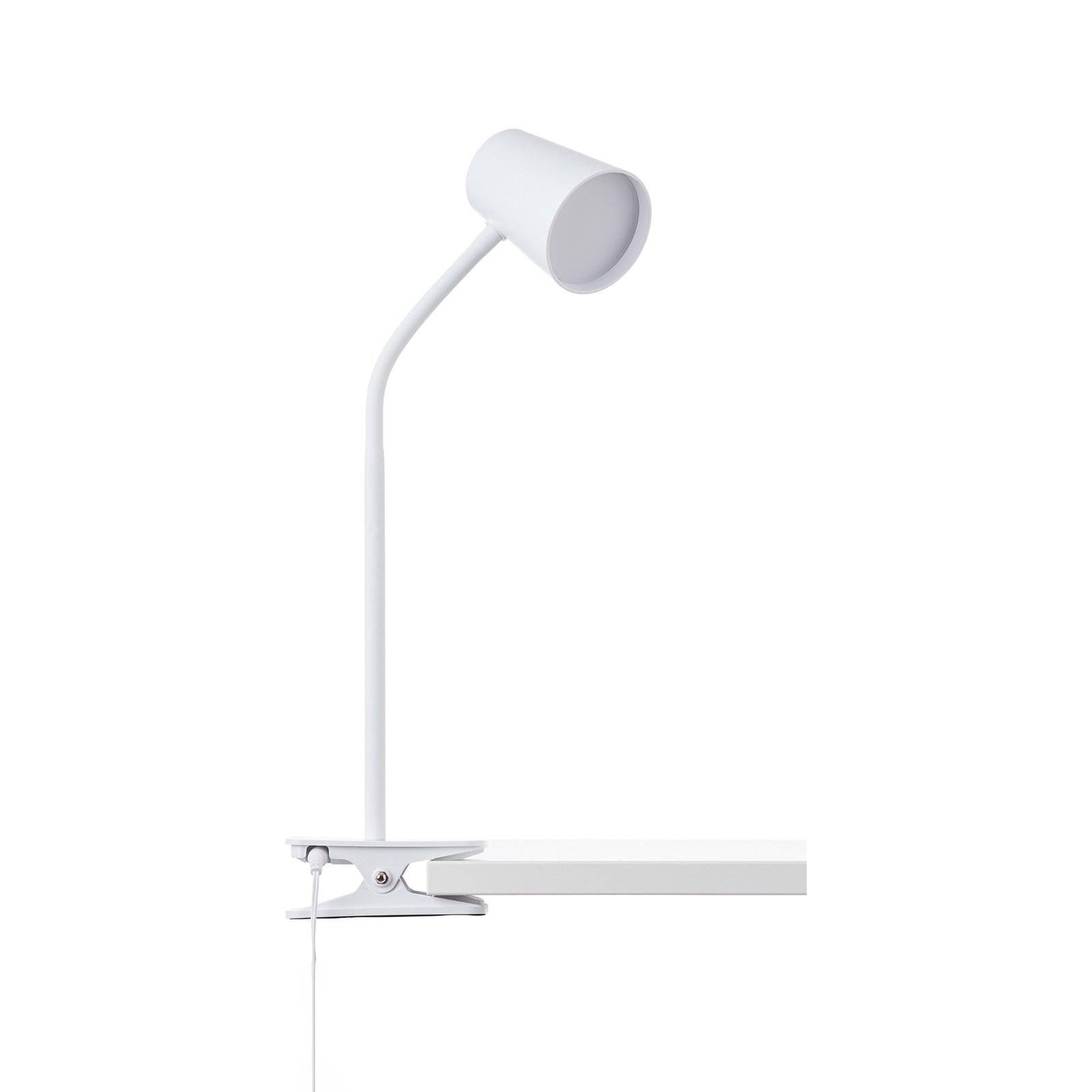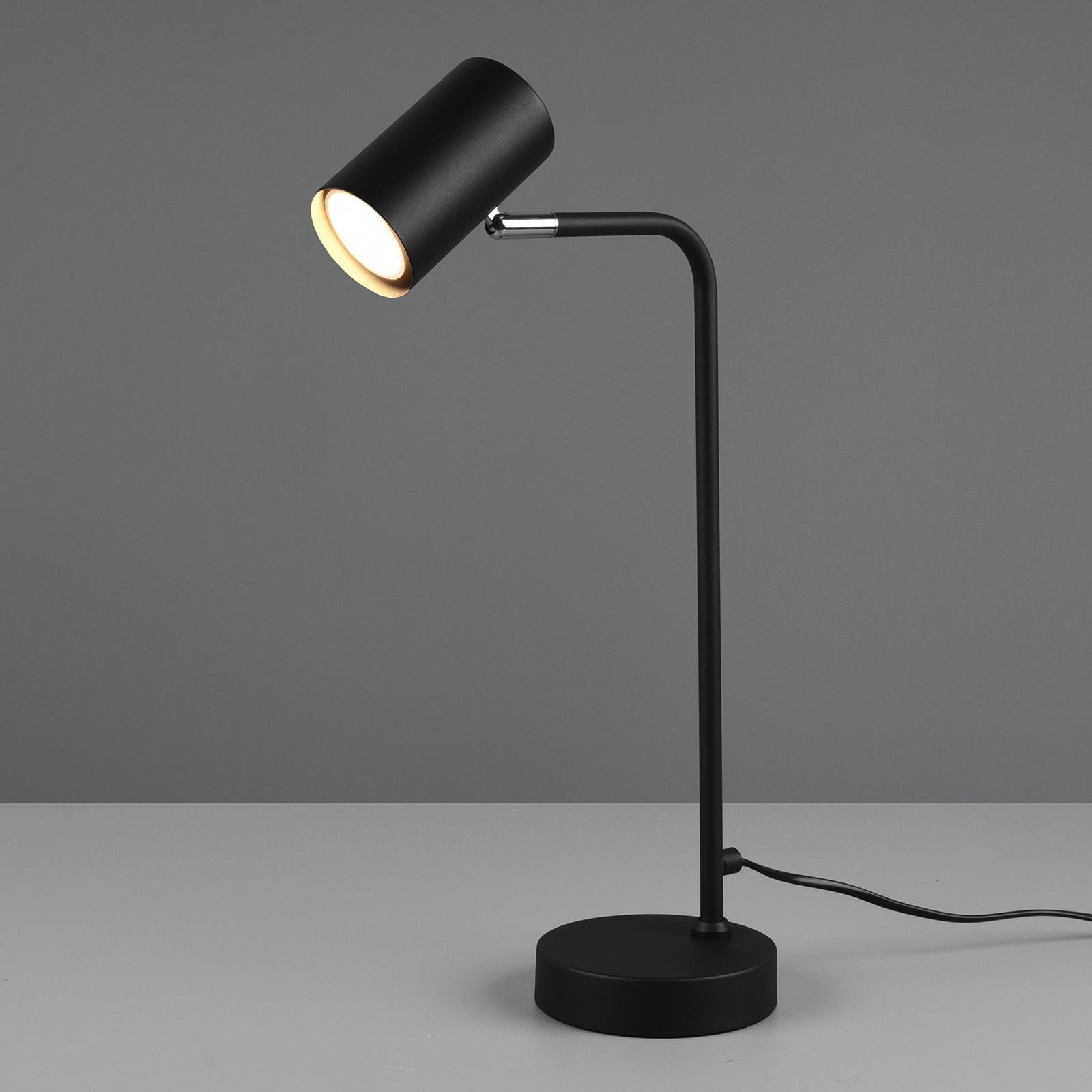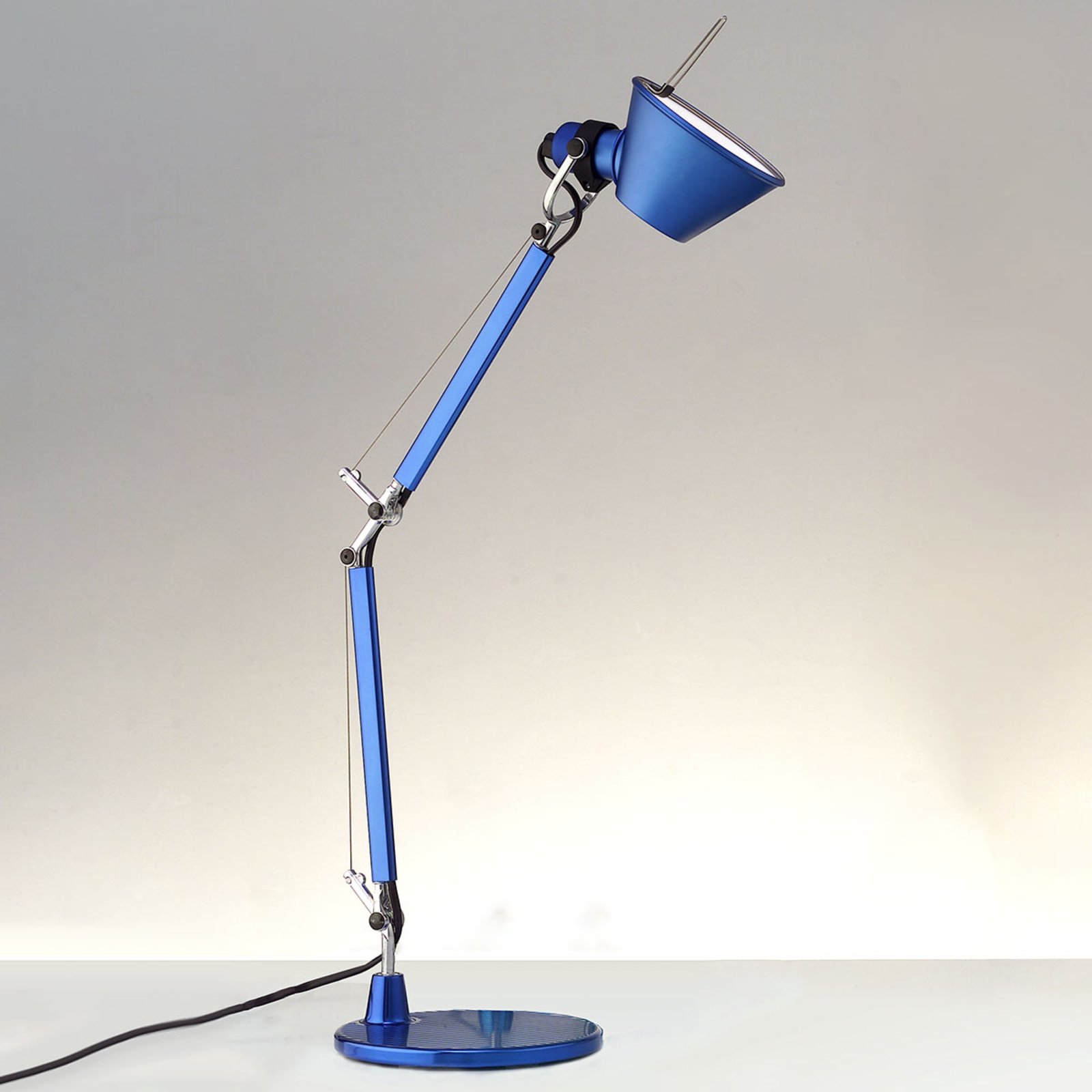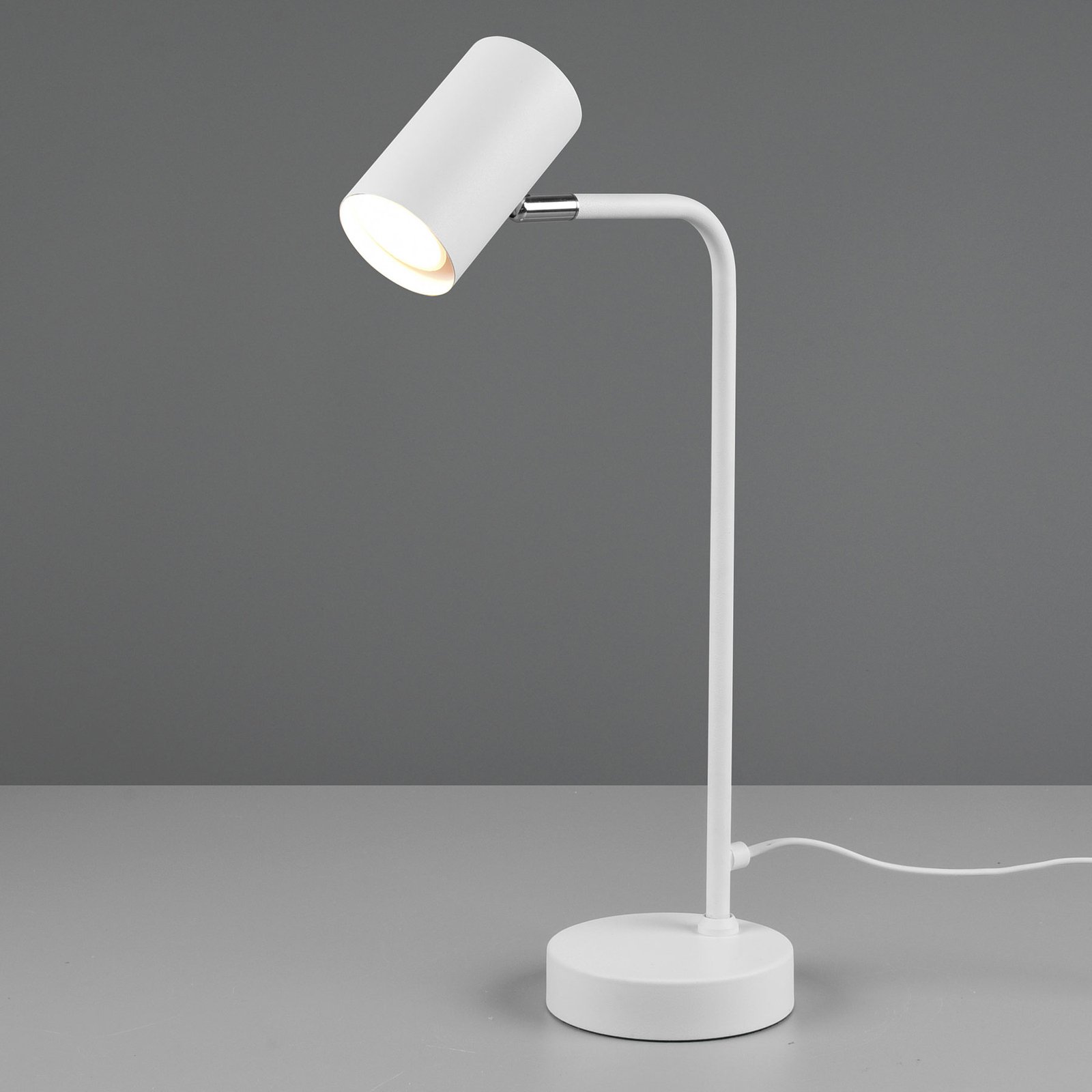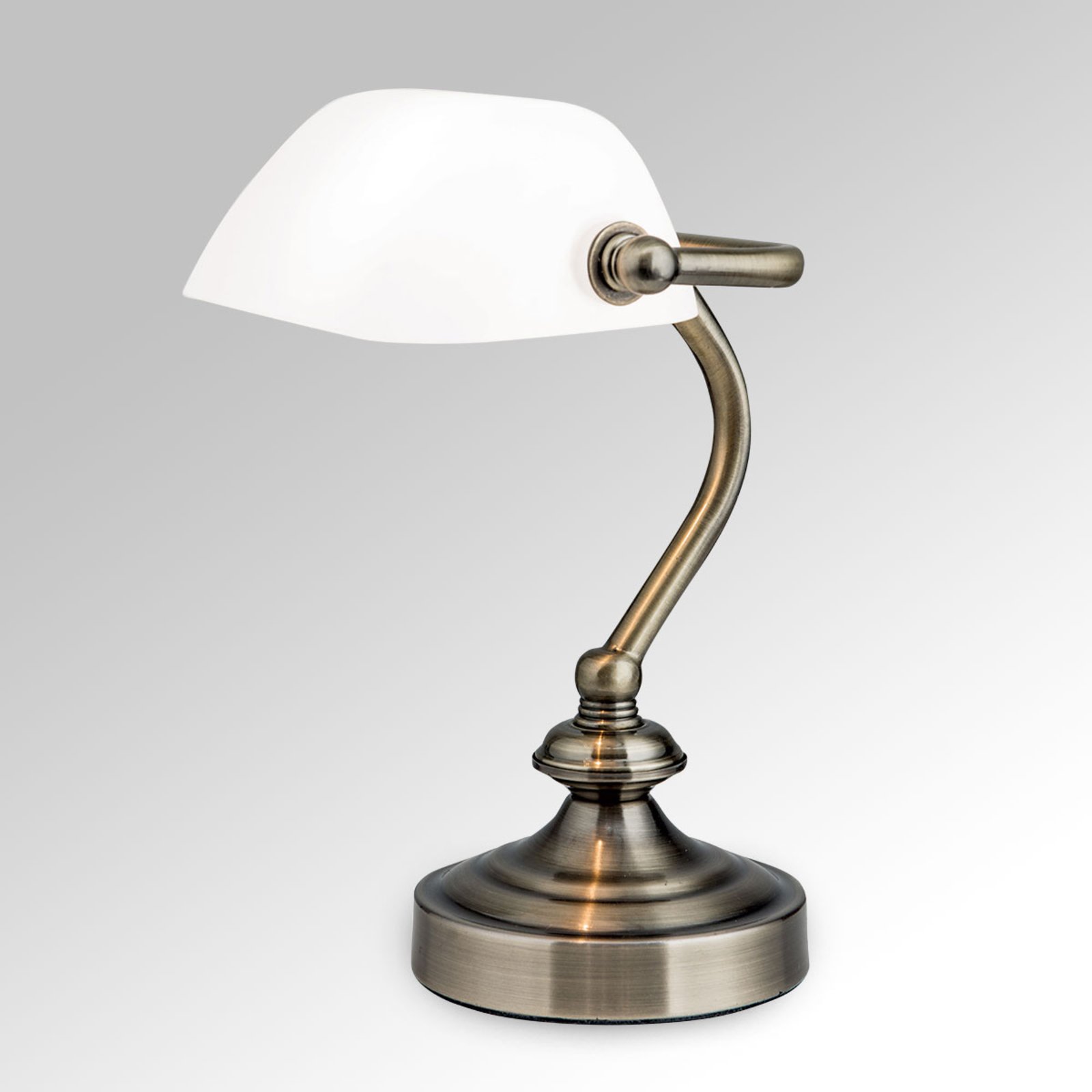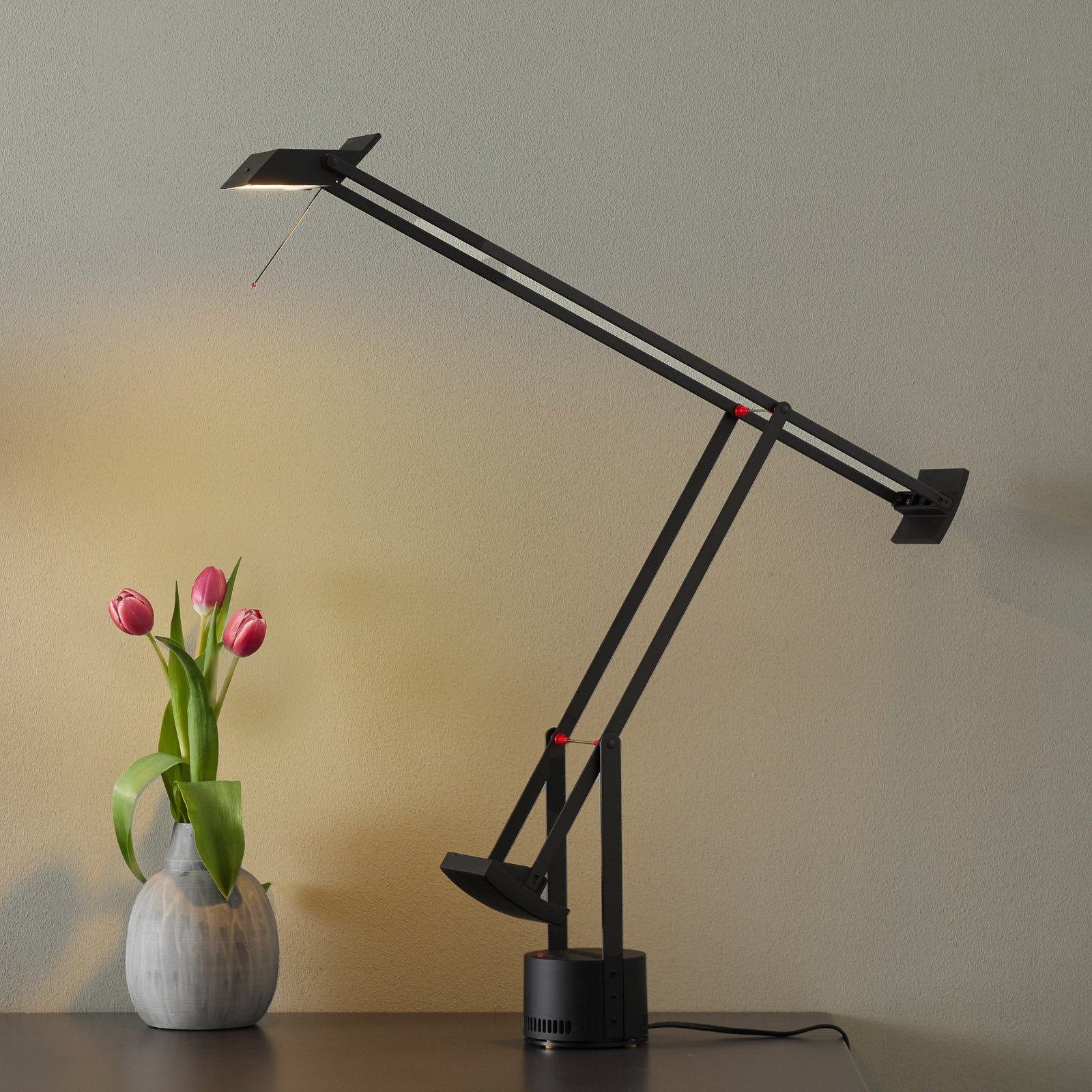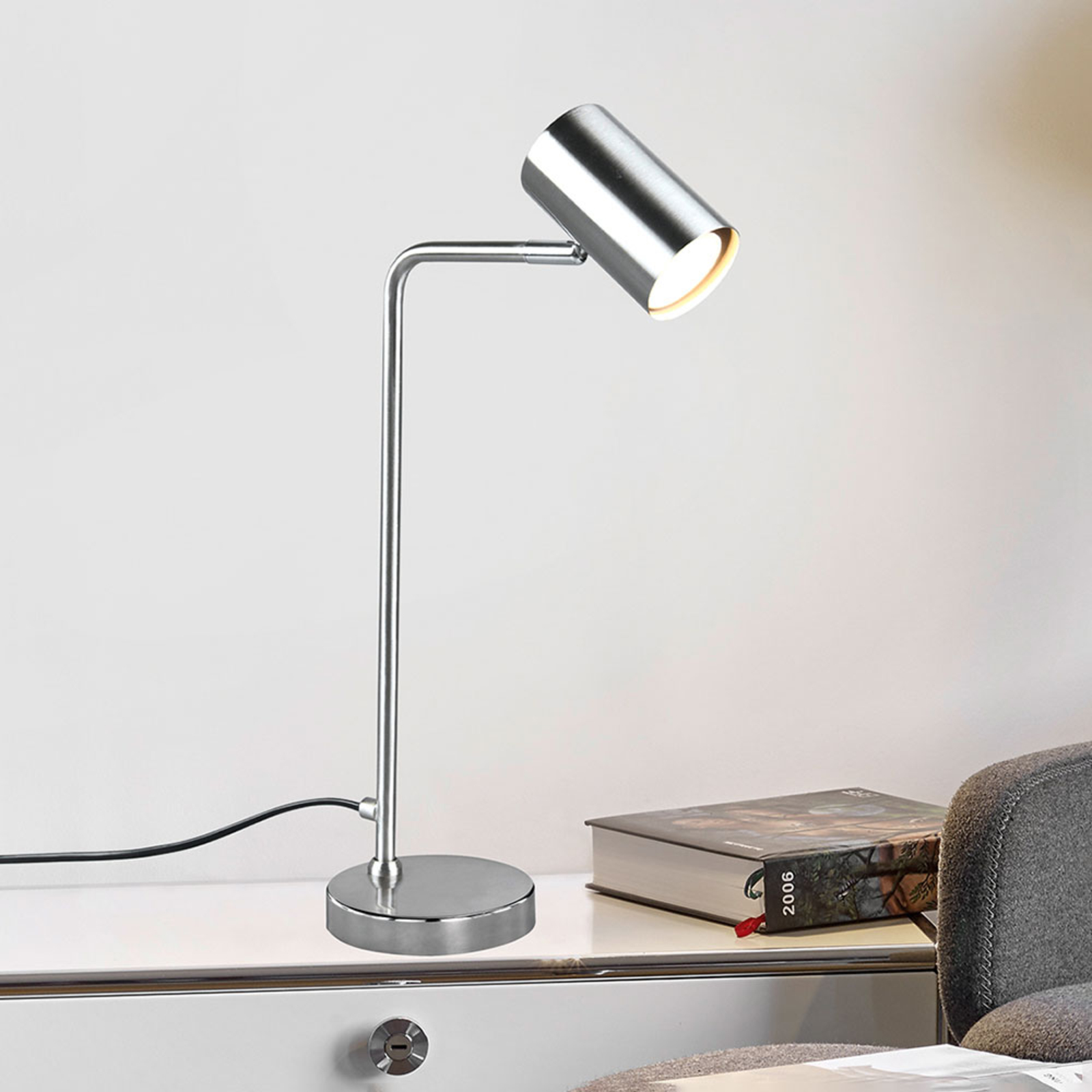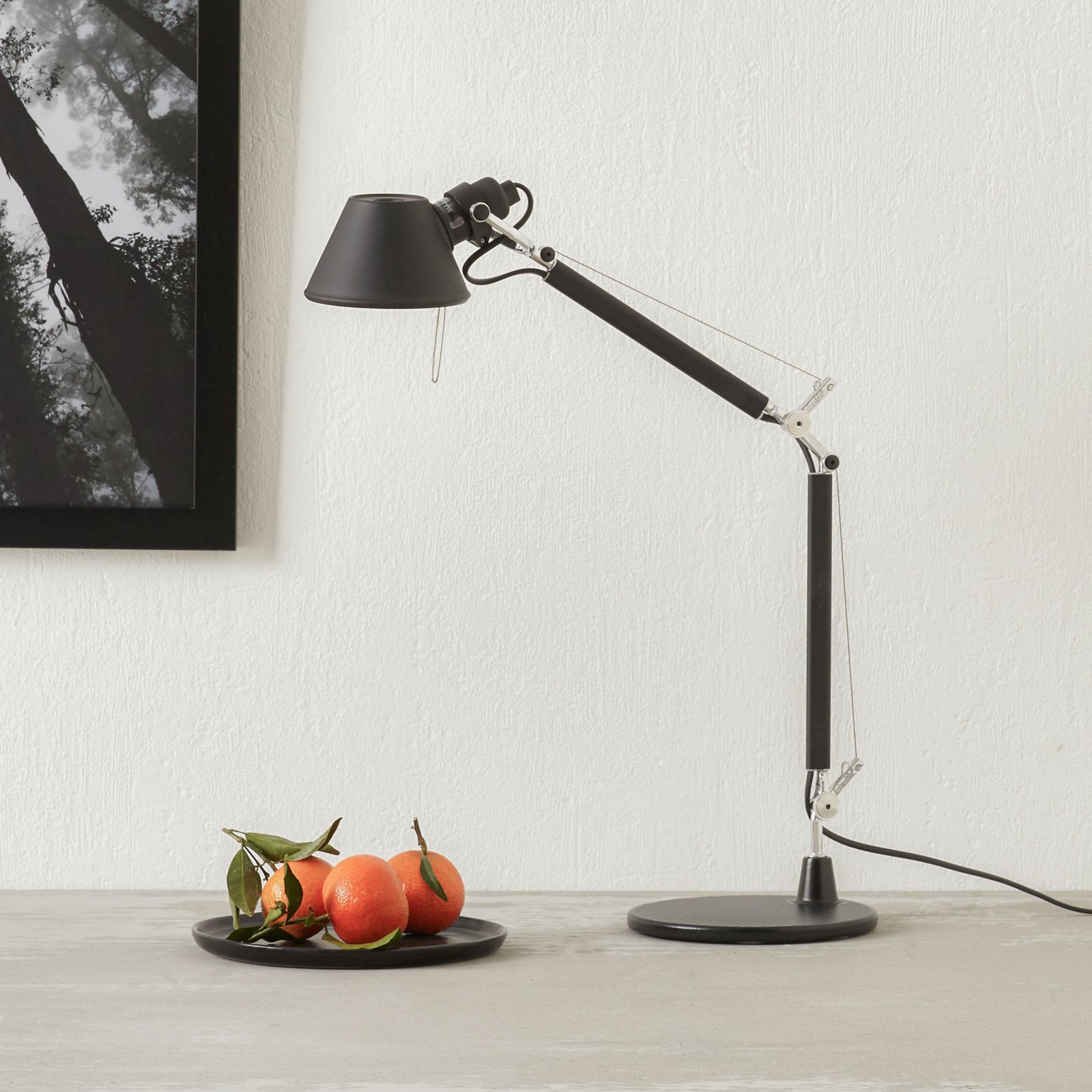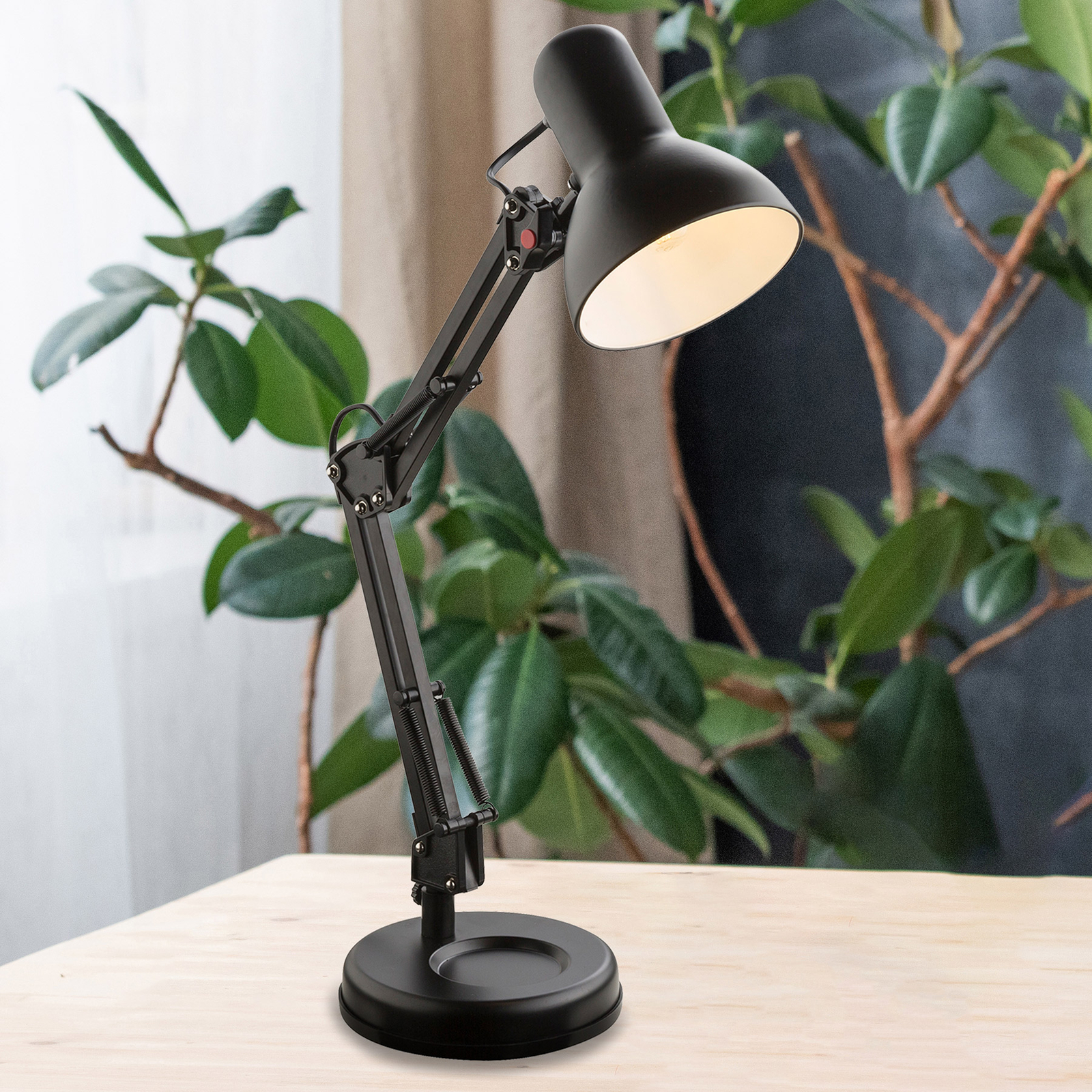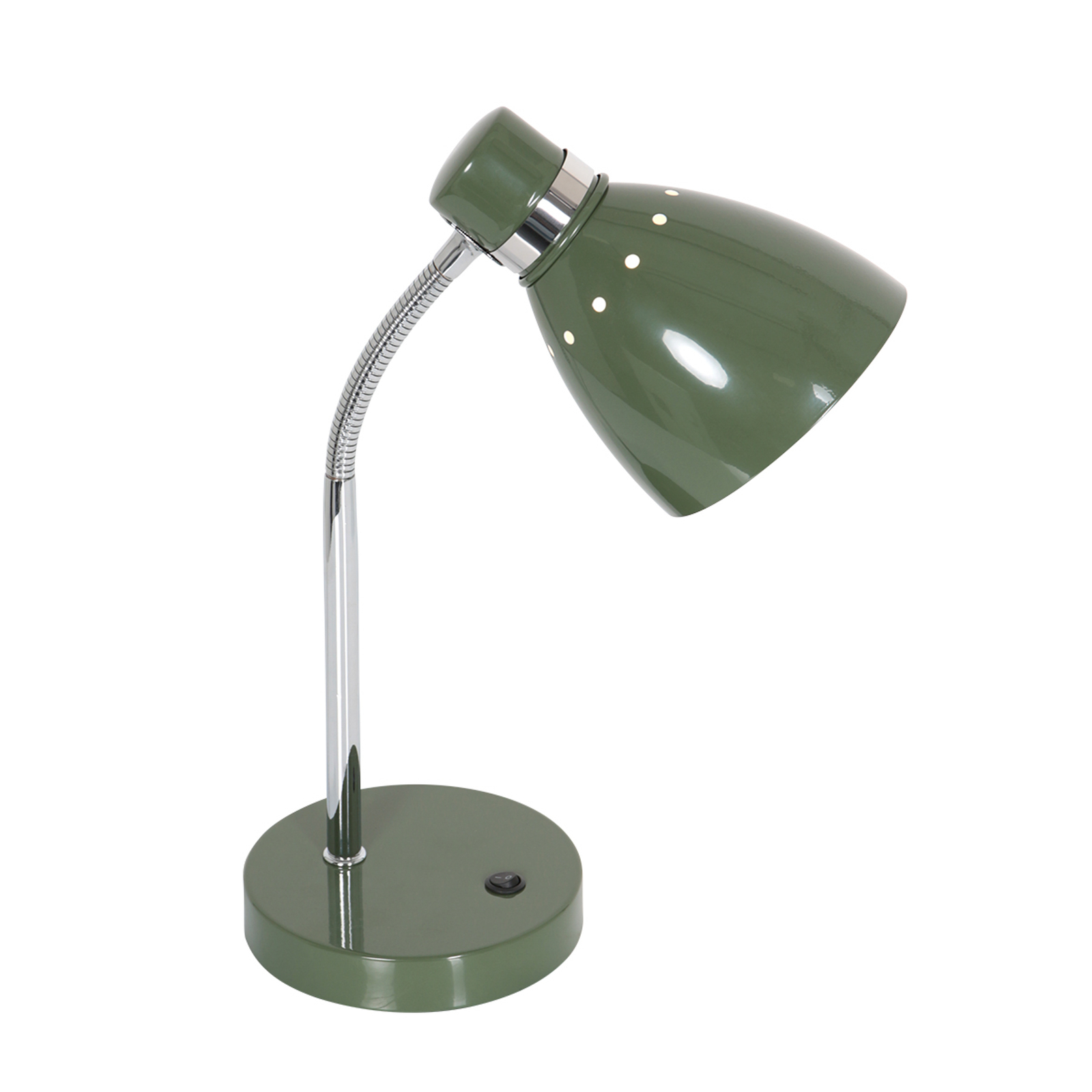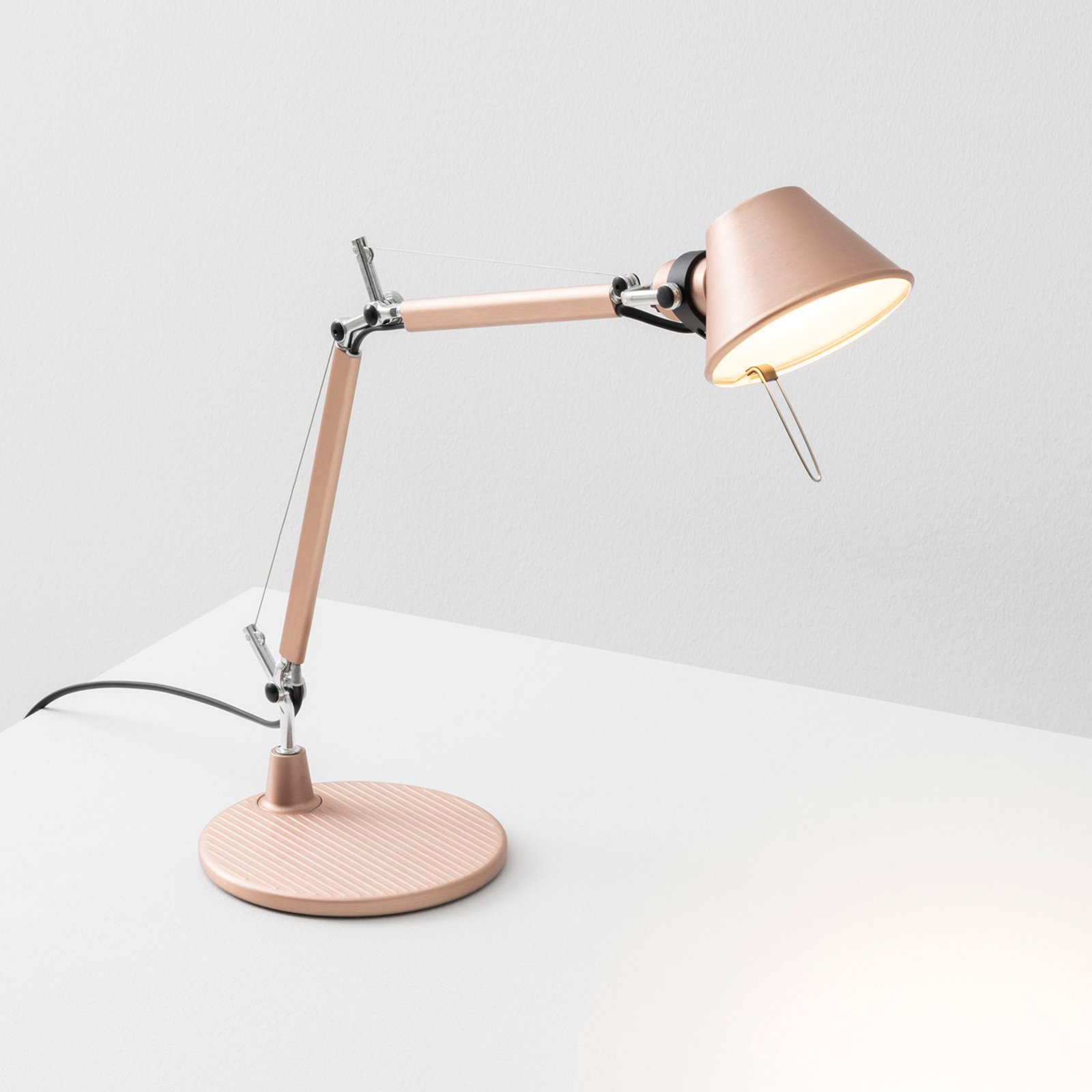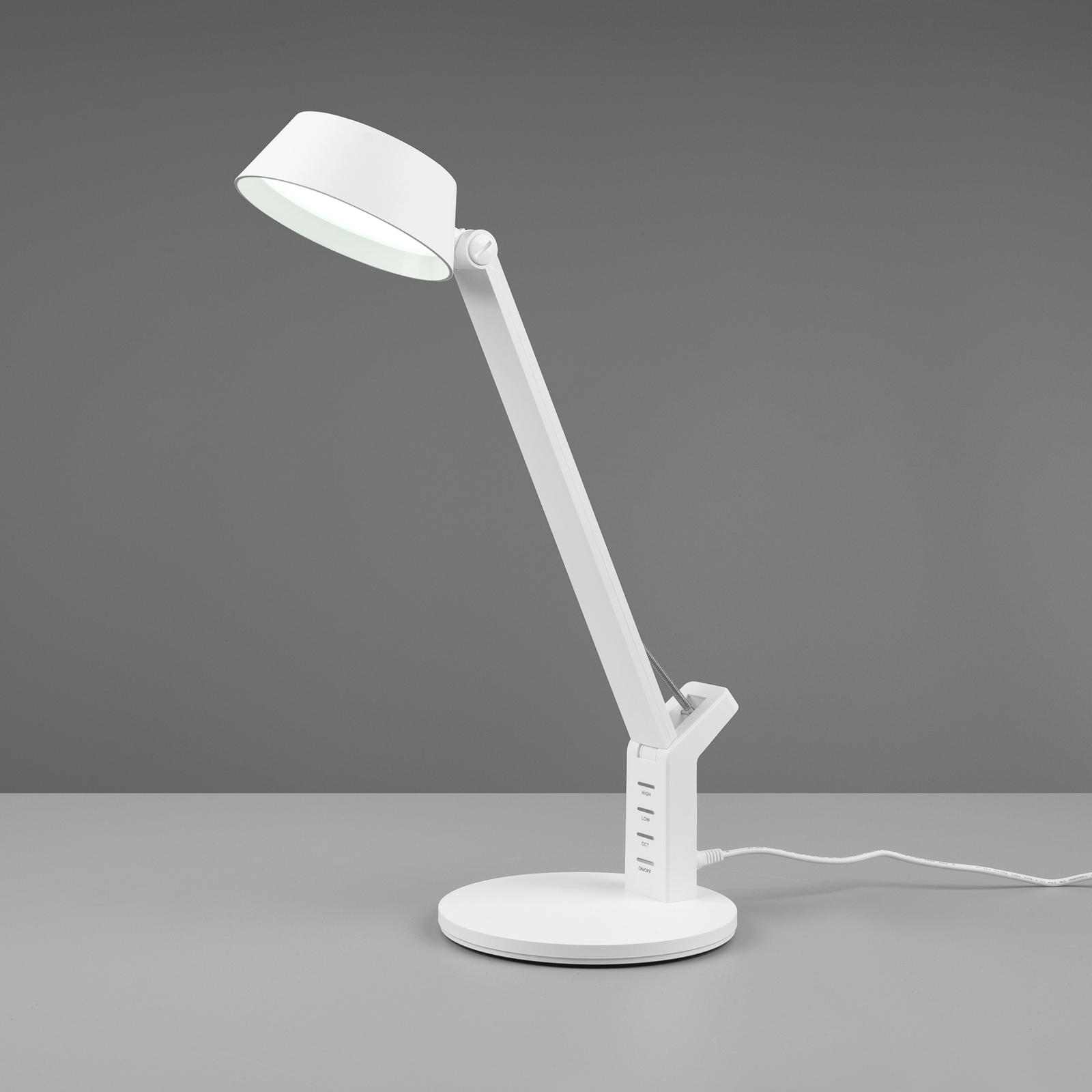- 50 days free returns
- Rated “Great” on Trustpilot
- The UK's largest selection of brands
The perfect desk lamp for concentrated work
A dark morning, the smell of fresh coffee in the air, and the working day can begin. You sit down at your desk, full of motivation, ready for creative ideas or concentrated work. But as you complete the first tasks, you realise that the light is not ideal - too bright, too dim or with distracting shadows. Your eyes get tired, your concentration wanes. A perfectly coordinated desk lamp can make all the difference here: it creates a pleasant atmosphere, reduces strain on your eyes and helps you concentrate.
With the right desk lighting, your workplace will not only be more functional, but also more comfortable. Whether for long working hours in the home office, precise manual work or relaxed reading - a high-quality desk lamp provides exactly the light you need.
Desk lamps with sophisticated design and functionality
A well-designed workplace is more than just a functional place - it should inspire, offer comfort and blend harmoniously into the surroundings. Choosing the right desk lamp plays a decisive role here. In addition to the right brightness, the design and materials also influence the atmosphere. Stylish desk lighting combines aesthetics with functionality and ensures that your workplace remains both practical and visually appealing.
Stylish desk lamps made of metal, wood or aluminium
Whether modern, classic or minimalist - the choice of material not only influences the appearance, but also the longevity and value of a desk lamp.
Metal: Timelessly elegant and particularly robust. Desk lamps made of metal, such as aluminium or stainless steel, fit seamlessly into modern and industrial furnishing concepts. They are stable, durable and often equipped with adjustable elements.
Wood: Natural and warm. A desk lamp made of wood creates a cosy atmosphere and fits perfectly into Scandinavian or rustic interiors. A cosy environment is created, especially in combination with warm white light.
Aluminium: Lightweight and versatile. Desk lamps made of aluminium offer a modern design and are particularly flexible to use thanks to their low weight. They often come with filigree articulated arms or swivelling heads to precisely direct the light.
Ergonomic advantages: Flexible adjustment of brightness and light colour
The right lighting at the workplace contributes significantly to concentration and well-being. Flexible desk lighting makes it possible to adapt the light to different activities - be it precise work on the computer, creative drawing or relaxed reading.
Brightness as required: A desk lamp with adjustable light intensity reduces glare and is easy on the eyes. An individually adjustable brightness helps to prevent fatigue, especially during long working hours.
Light colour for different requirements: Warm white light creates a pleasant atmosphere and is ideal for creative work or relaxed reading. Cold white light, on the other hand, promotes concentration and is ideal for analytical tasks.
Dimmable desk lamps for different lighting requirements
Versatility is a key factor when choosing the right desk lamp. A dimming function allows the light to be optimally adjusted depending on the time of day or activity.
Gentle lighting for evening work: Lower brightness creates a pleasant atmosphere that is easy on the eyes.
Bright light for maximum concentration: High light intensity is ideal for precise work, such as technical drawings or intensive reading phases.
Modern LED technology: Many dimmable LED desk lamps offer infinitely variable adjustment options and often save the preferred light intensity for even more comfort.
Sophisticated desk lighting combines high-quality design with intelligent functionality. The result is a workspace that is not only ergonomically optimised, but also visually appealing - for greater productivity and well-being in everyday life.
Compact desk lamps, pleasant light and maximum flexibility
A perfectly illuminated workplace is the key to concentrated work - regardless of the size of the room or the type of activity. Whether a small home office area, a spacious desk or a creative workshop: The right desk lighting creates a productive environment. Modern desk lamps combine space-saving design, powerful light and high flexibility to adapt perfectly to your needs.
Space-saving desk lamps for compact workspaces
Desk space is limited, especially in smaller offices or home office corners. Small desk lamps offer an ideal solution here: they provide targeted lighting without taking up valuable work space. Compact table lamps with high light output enable efficient working even in confined spaces.
Minimalist designs: Slim lights or table lamps with slender frames blend harmoniously into the workplace.
Space-saving assembly: Models with clamp base or wall mounting keep the desk free.
High light output: Even small desk lamps provide powerful desk lighting thanks to modern LED technology.
Bright and pleasant light for productive work
Not only the brightness, but also the light colour influences concentration and well-being. A well-designed desk lamp provides the right lighting mood for every task:
Warm white light (2,700-3,500 Kelvin) creates a cosy atmosphere and is ideal for creative work or relaxed reading.
Neutral white to cool white light (3,500-6,500 Kelvin) promotes concentration and is particularly suitable for analytical tasks or computer work.
Modern desk lights combine functionality with design. From simple metal lights for a modern office to wooden desk lamps for a warm interior design - stylish lighting enhances the look of the workplace.
Flexibility thanks to adjustable desk lamps
Every workplace is different - and so are the requirements for desk lighting. Adjustable desk lamps allow individual adjustment to different activities.
Articulated arms & swivelling lights: These can be aligned as required and provide targeted lighting without distracting shadows.
Dimming function & light control: Dimmable desk lamps adapt to different lighting requirements - from soft background lighting to strong working light.
Movable light head: A desk lamp with a flexible head provides precise illumination of the work surface.
A well thought-out lighting concept makes all the difference - whether in small work areas, for productive light or with maximum flexibility. The right desk lamp creates a pleasant environment that combines concentration, comfort and style. This turns every workplace into a place where efficient working and creative thinking merge seamlessly.
The strike-through prices correspond to the manufacturer's RRP.
All prices include 20% VAT, delivery costs excluded.




































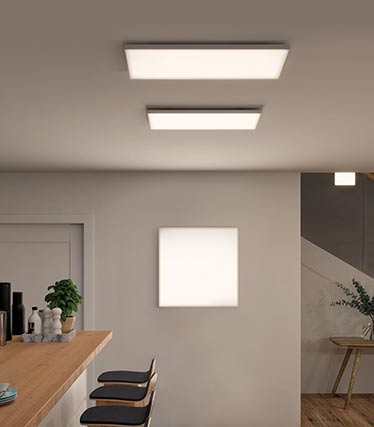









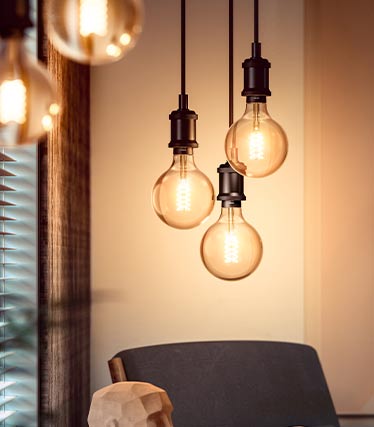








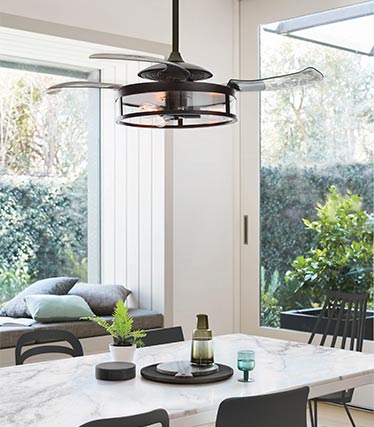

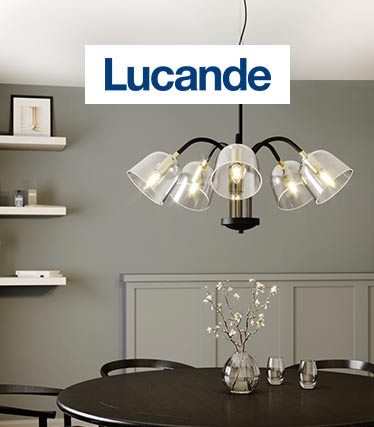




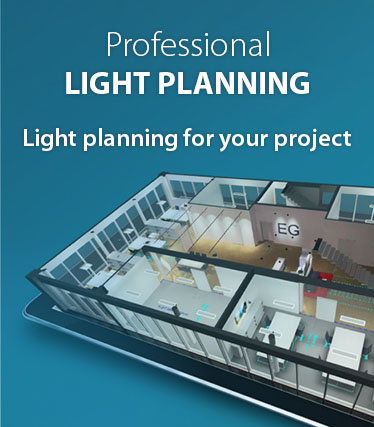




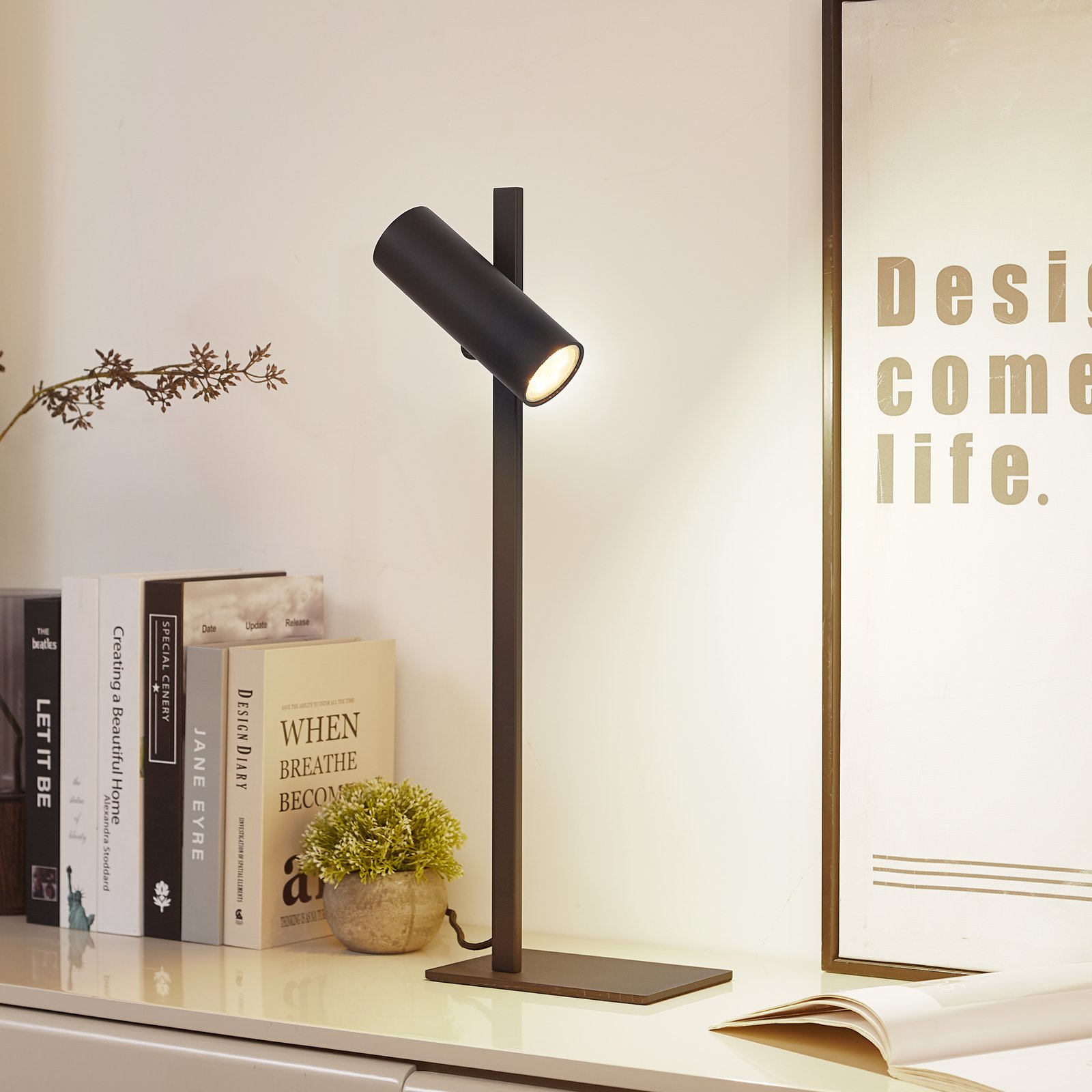
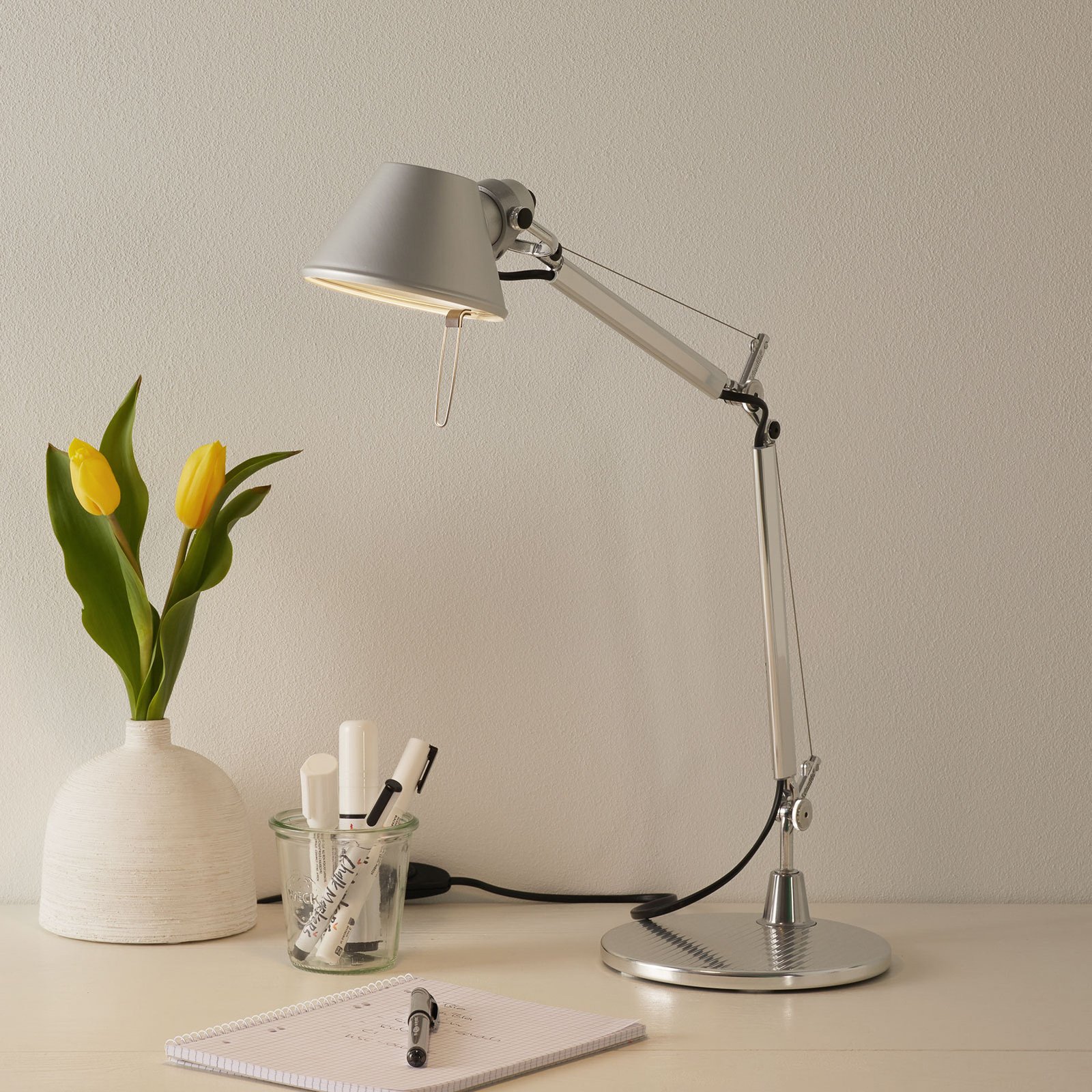
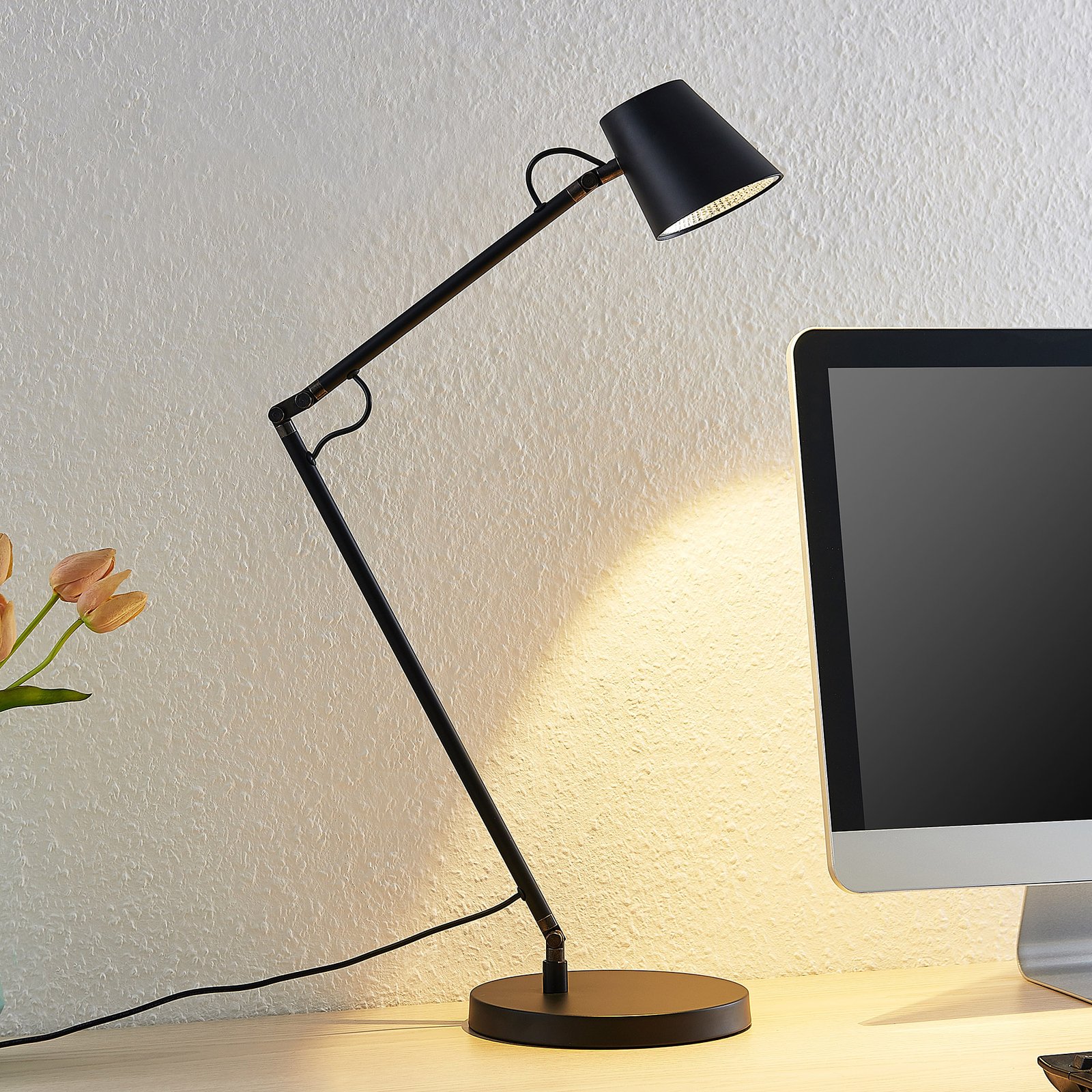
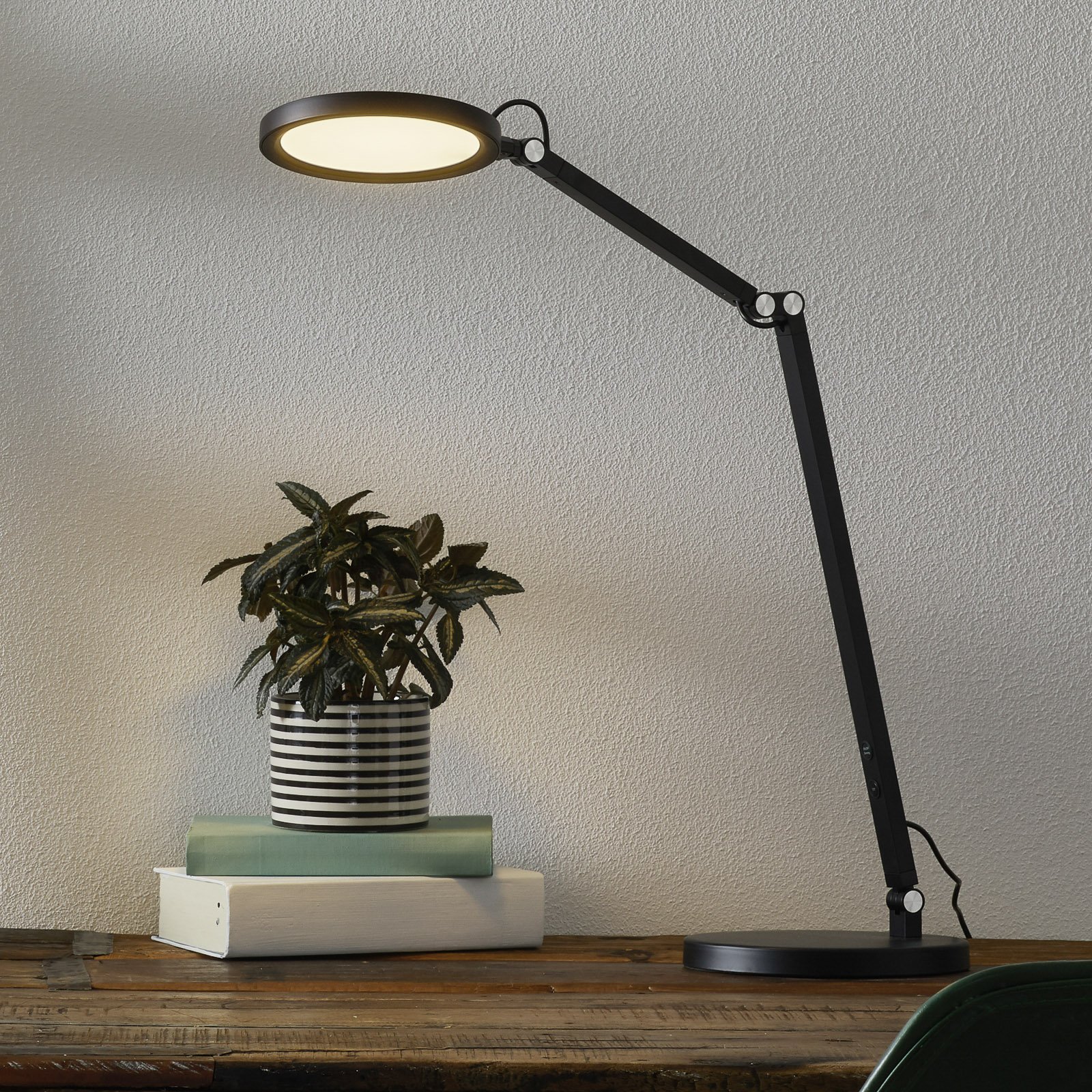
:format(jpeg))
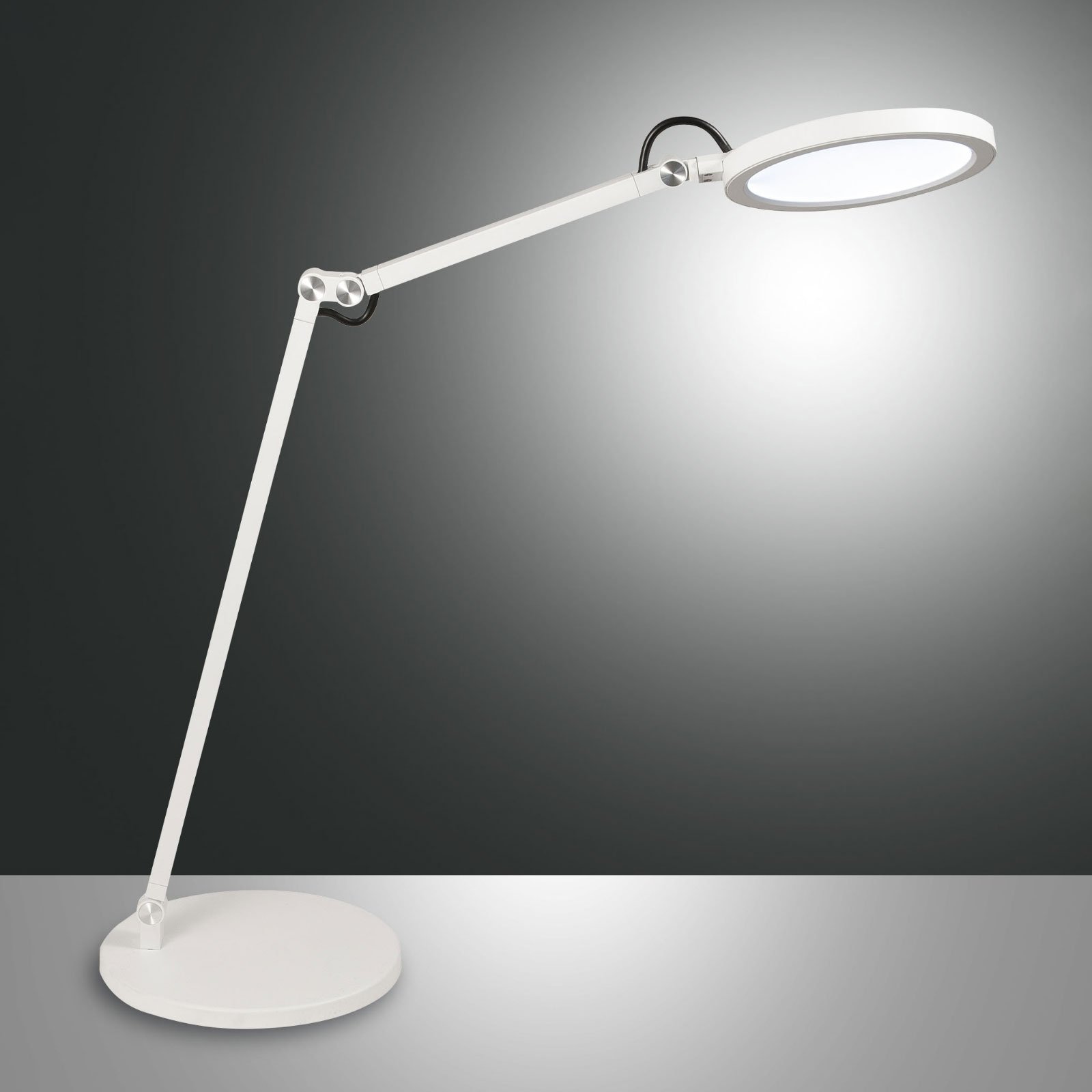
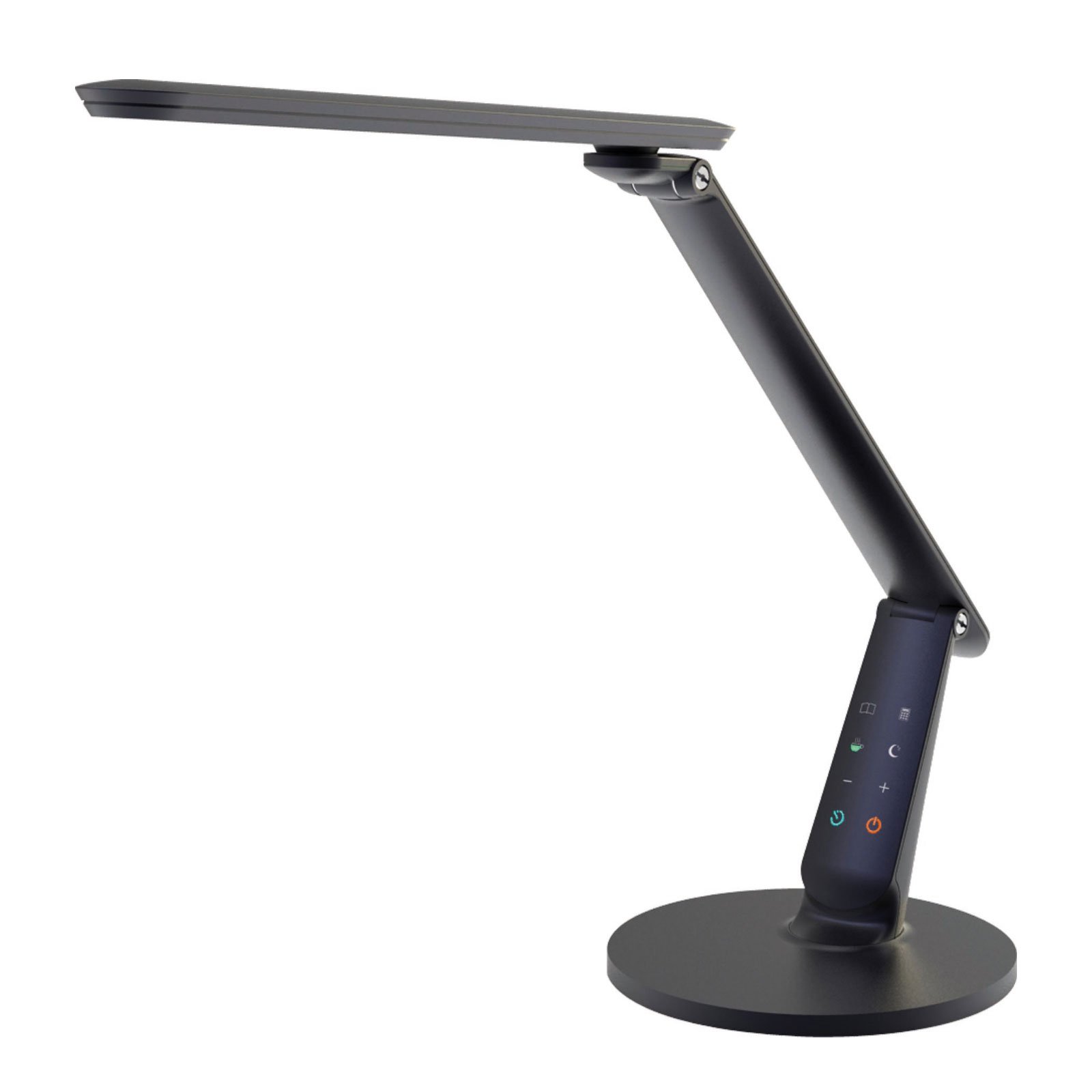
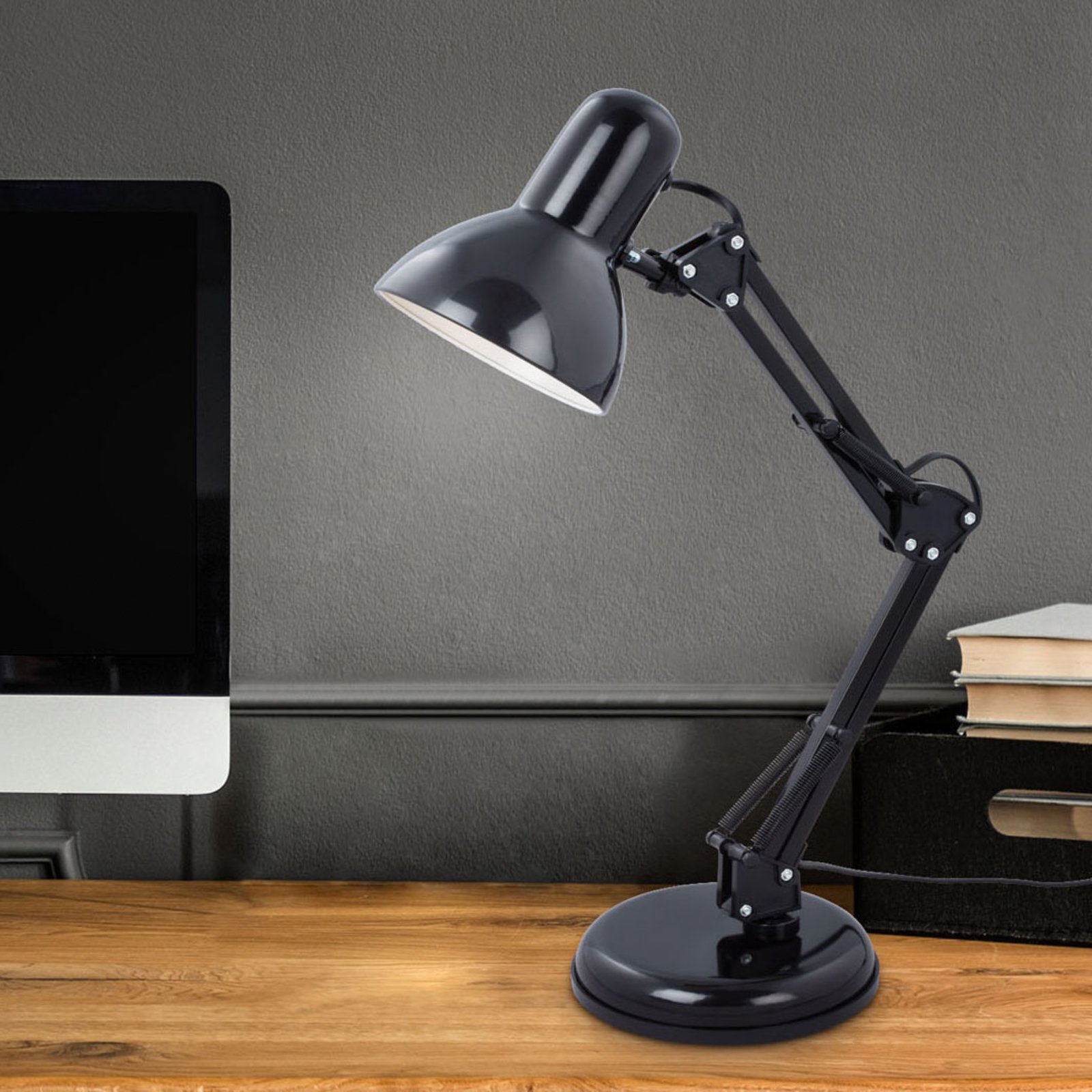
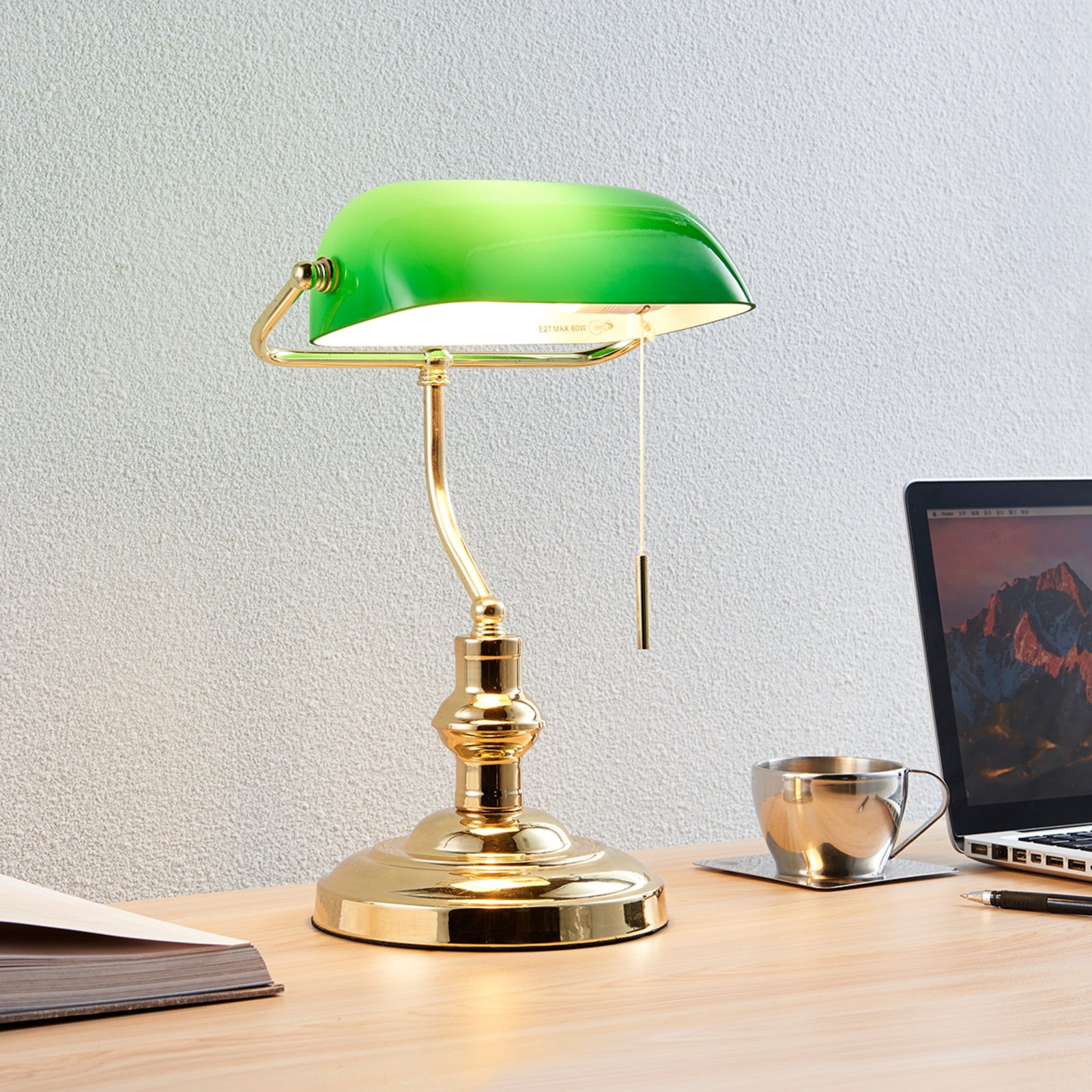
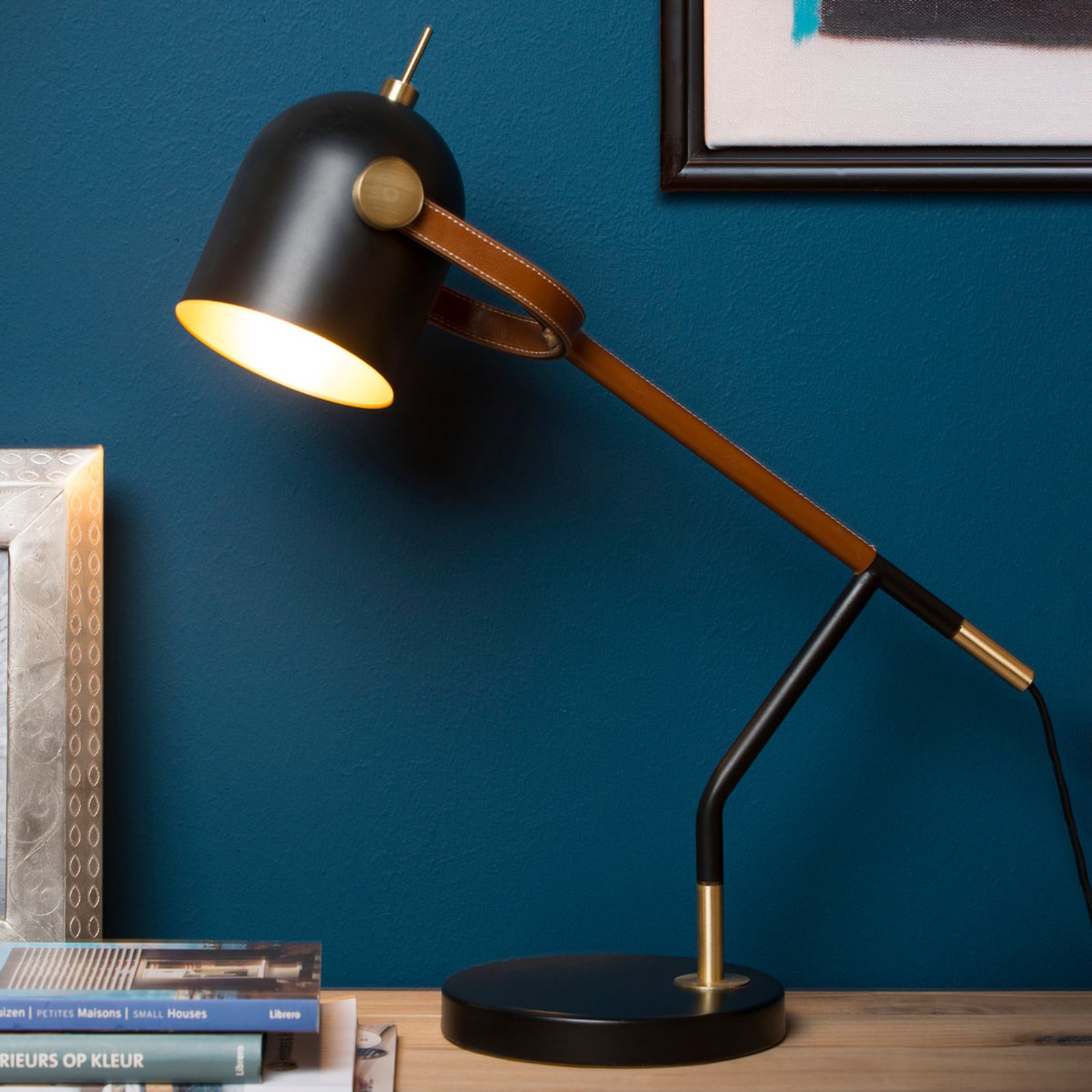
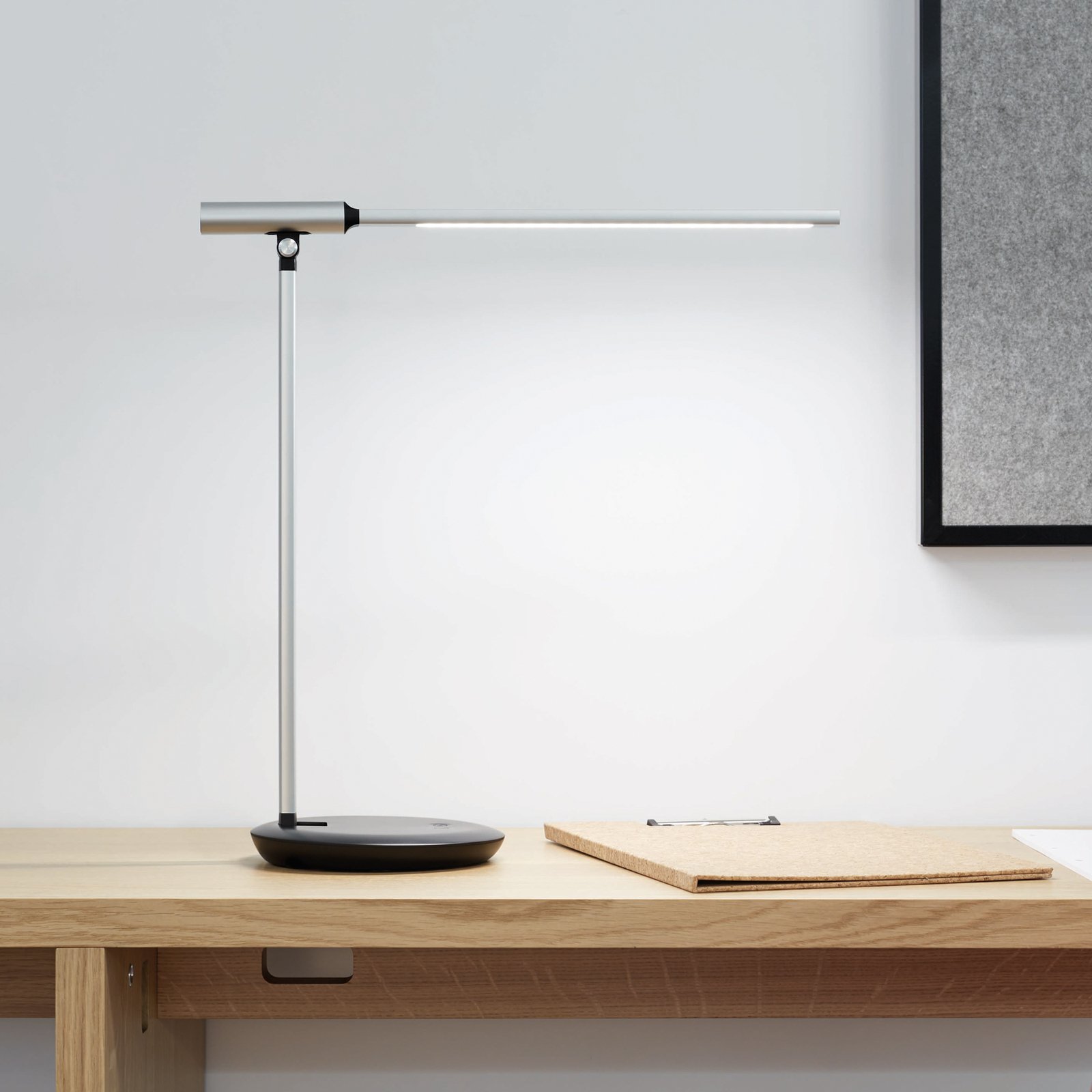
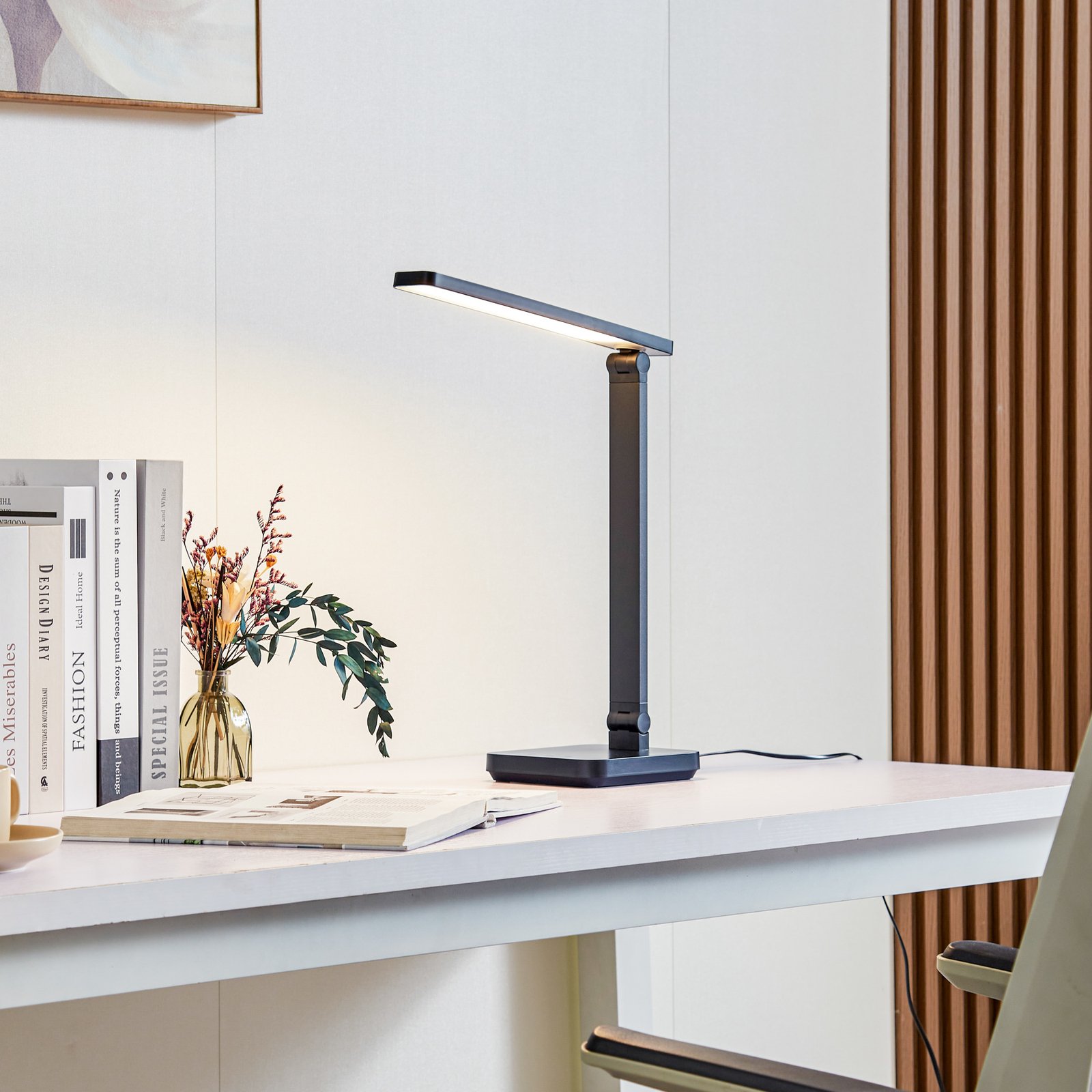
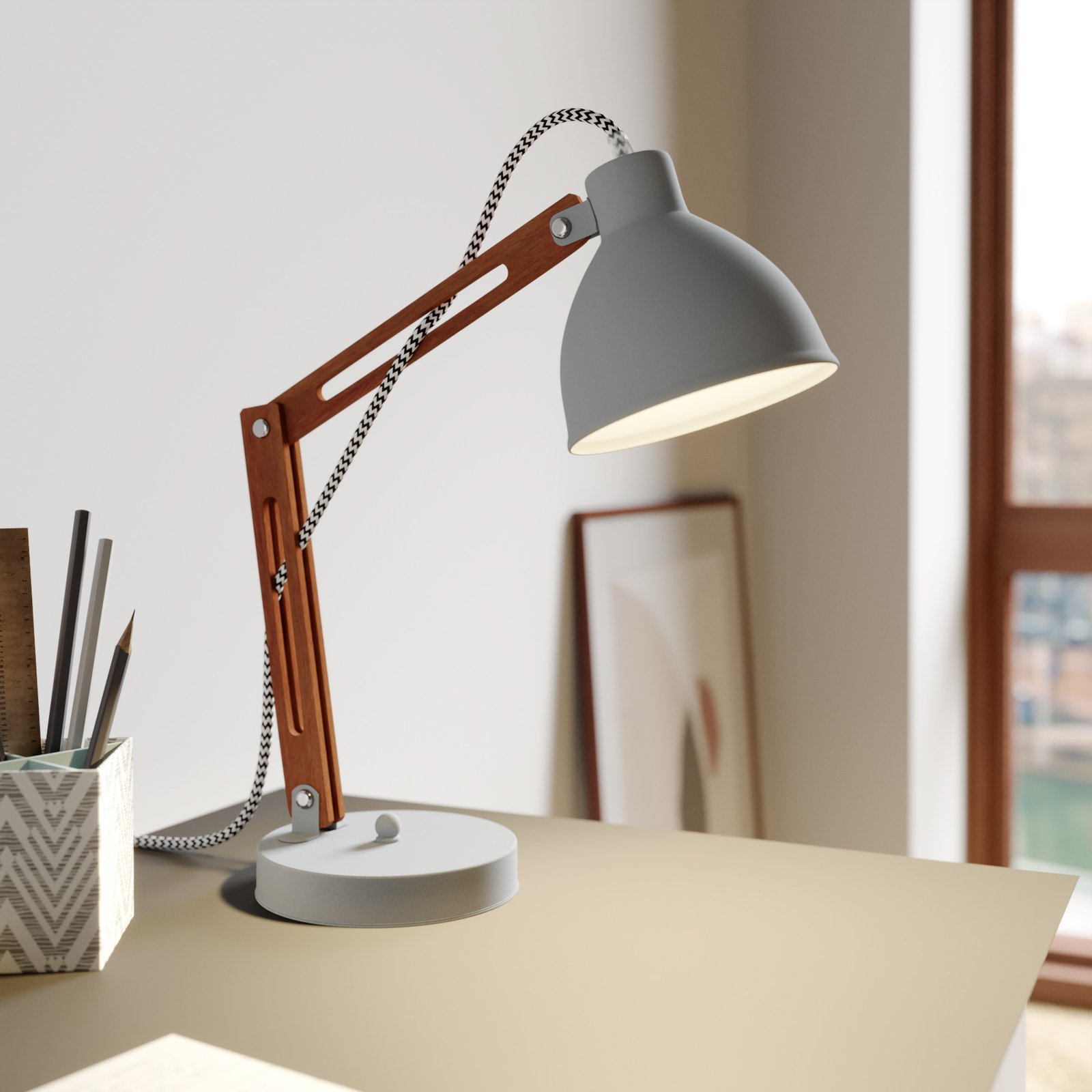
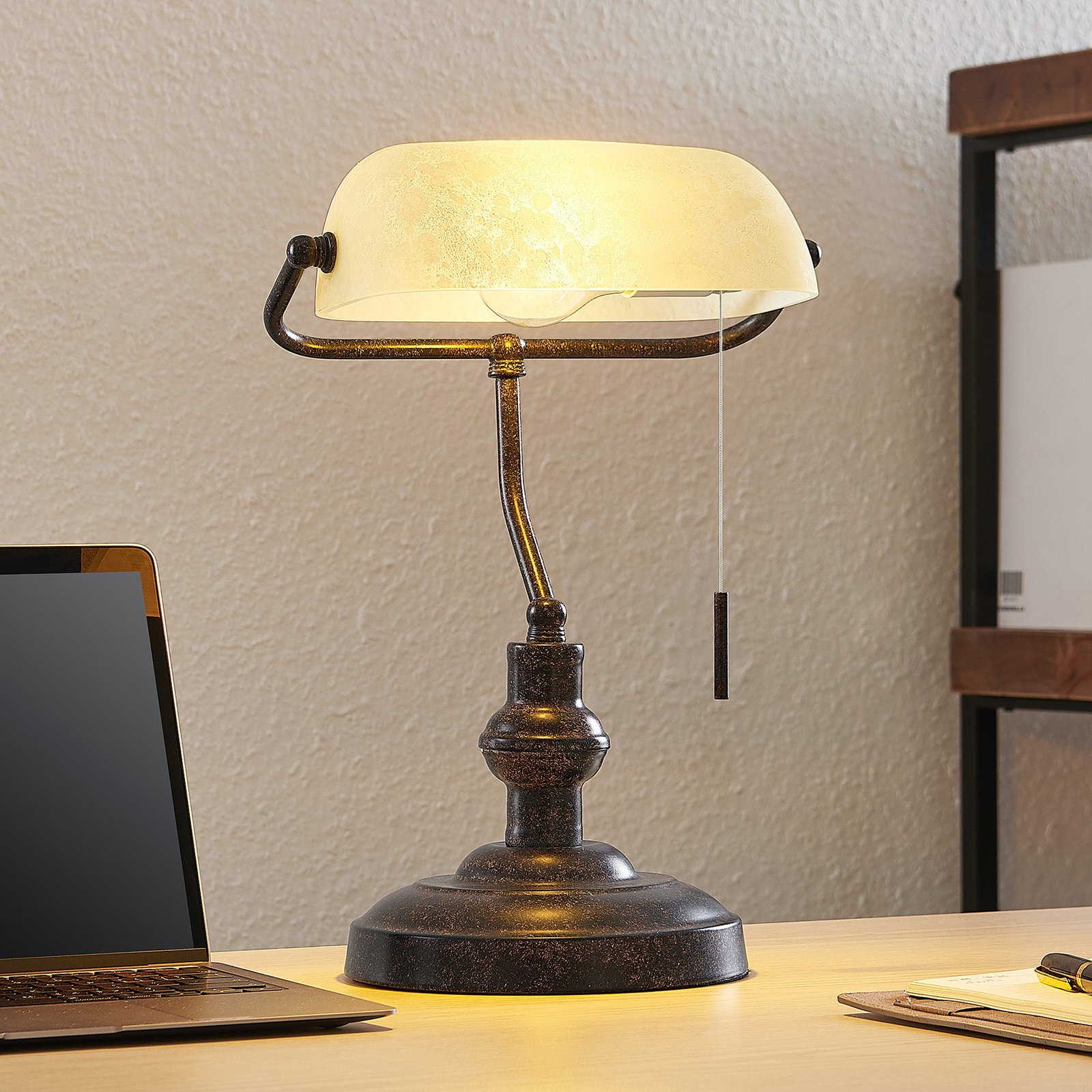
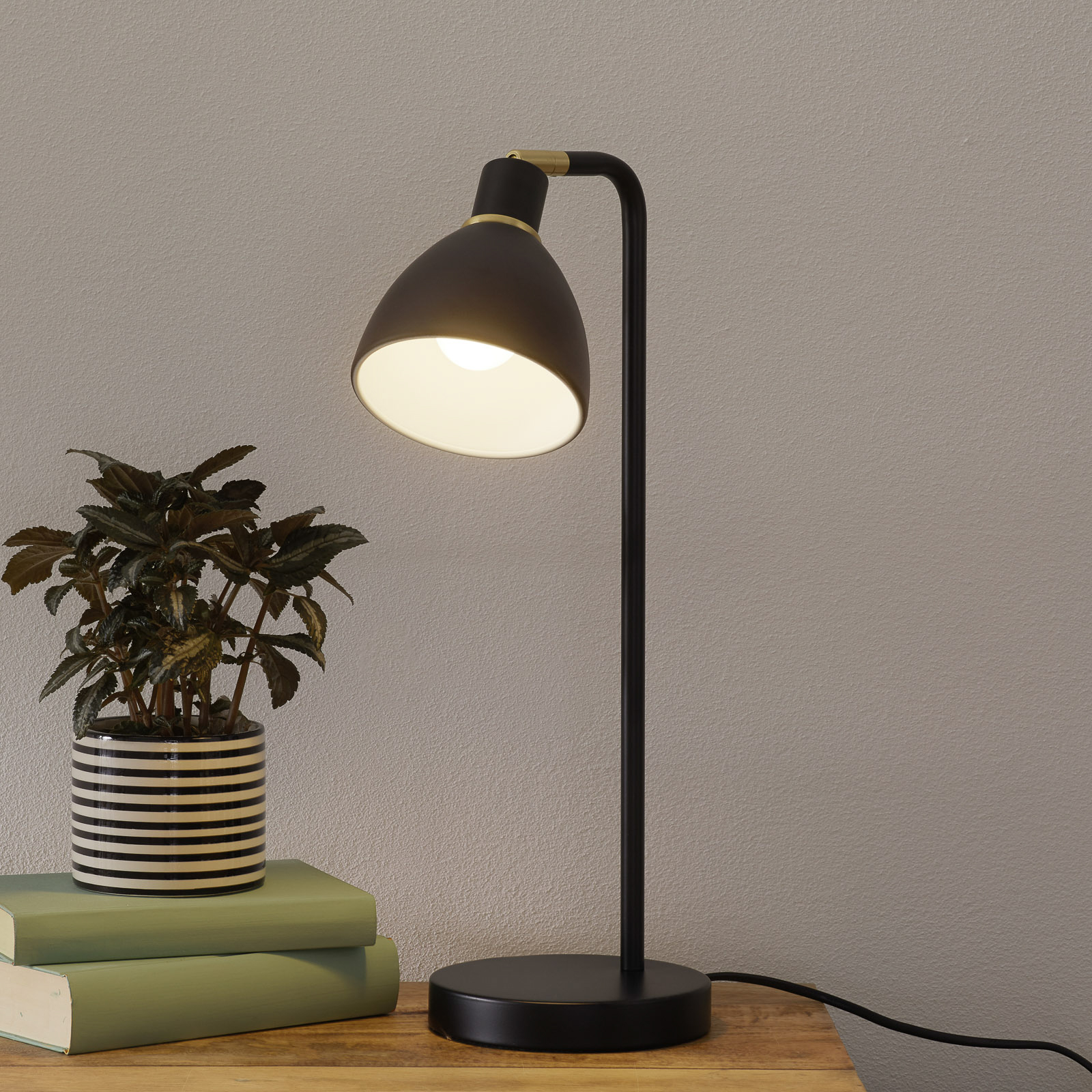
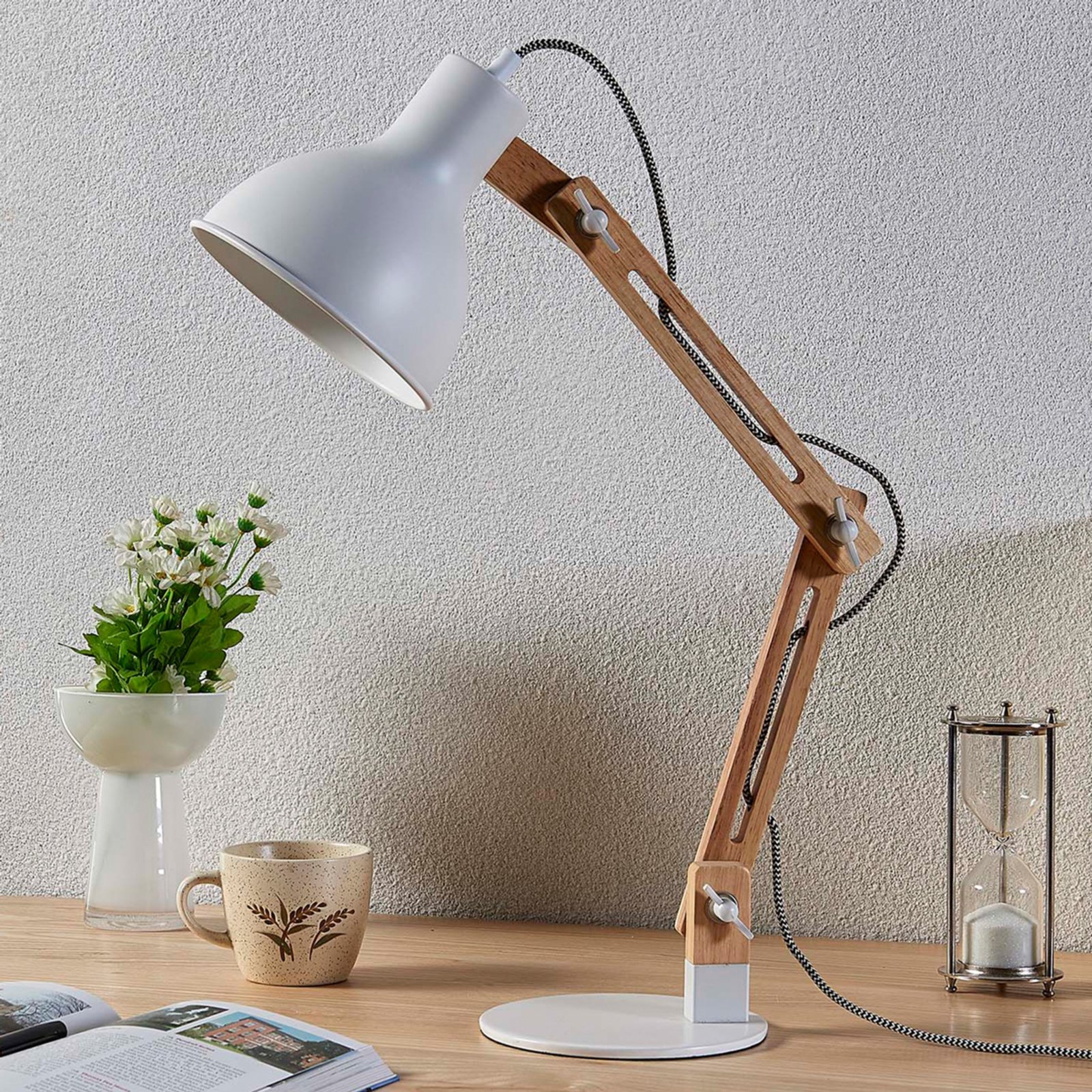
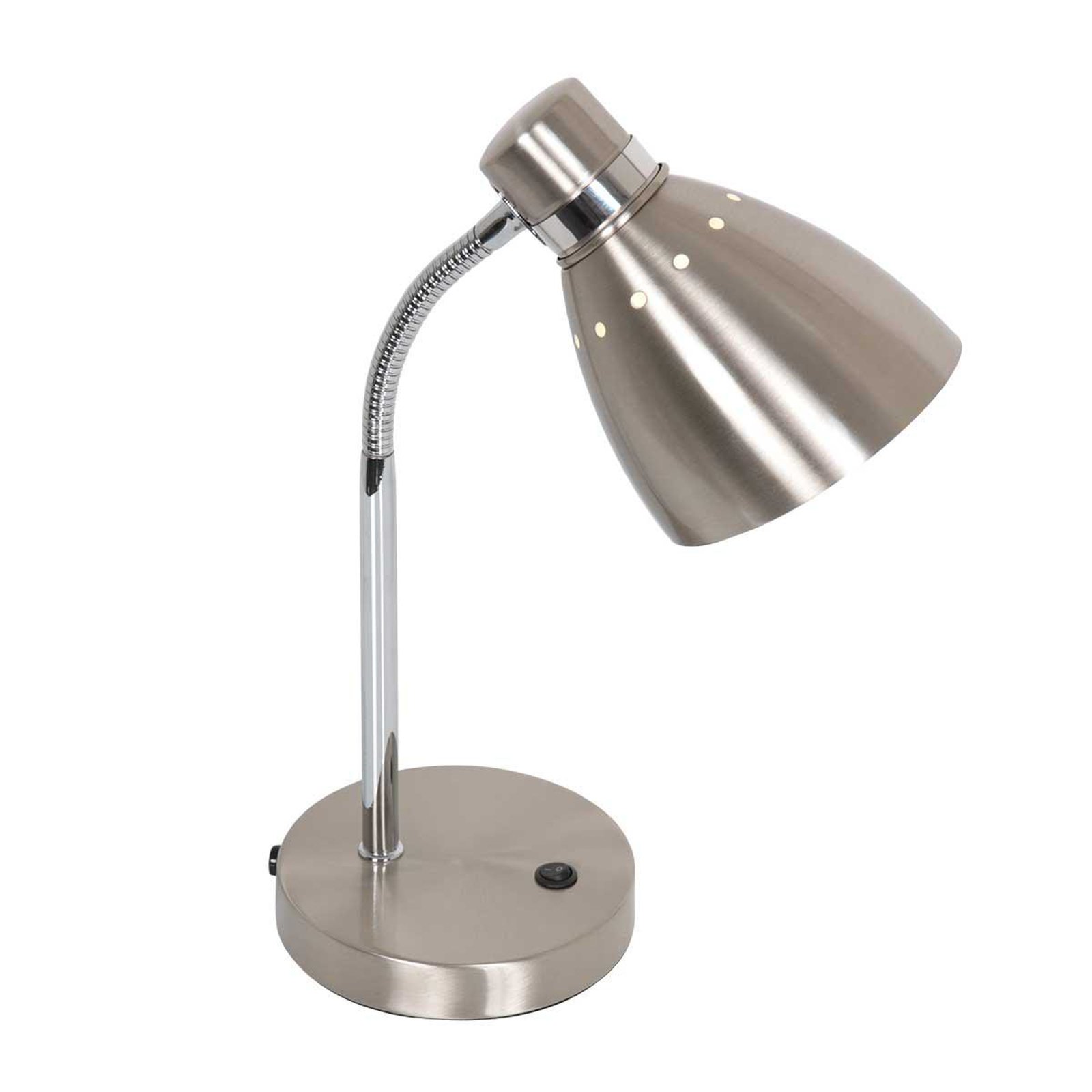
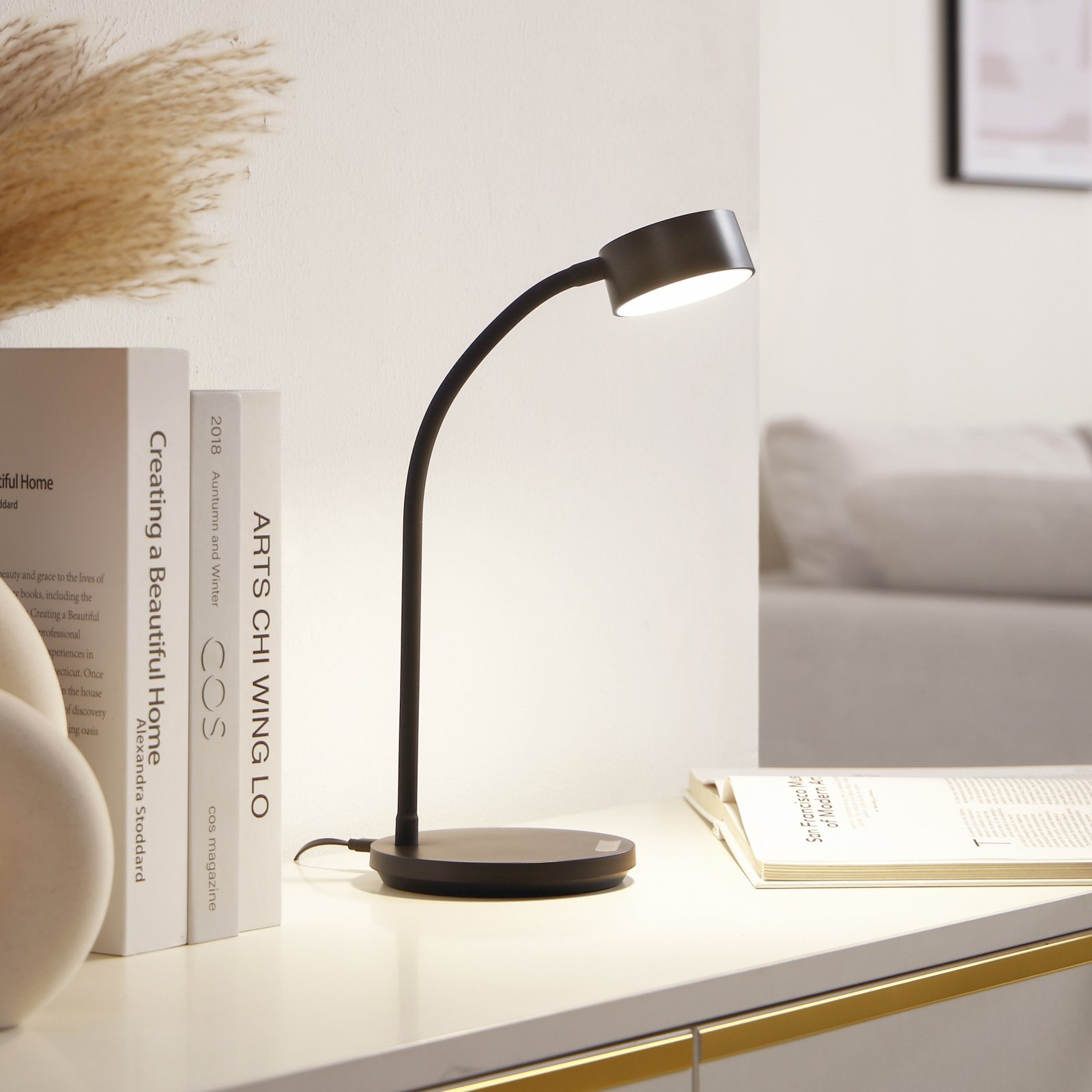
:format(jpeg))
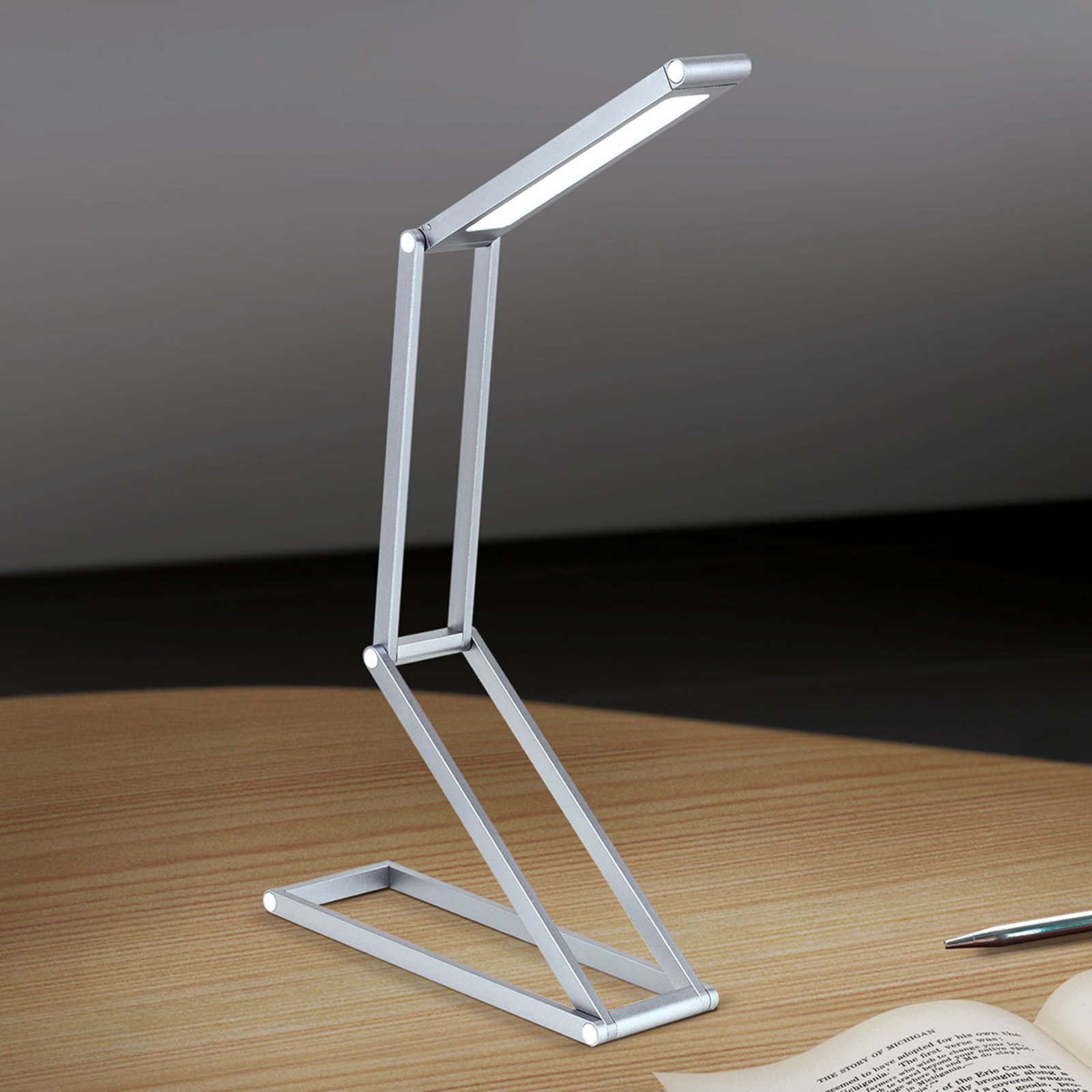
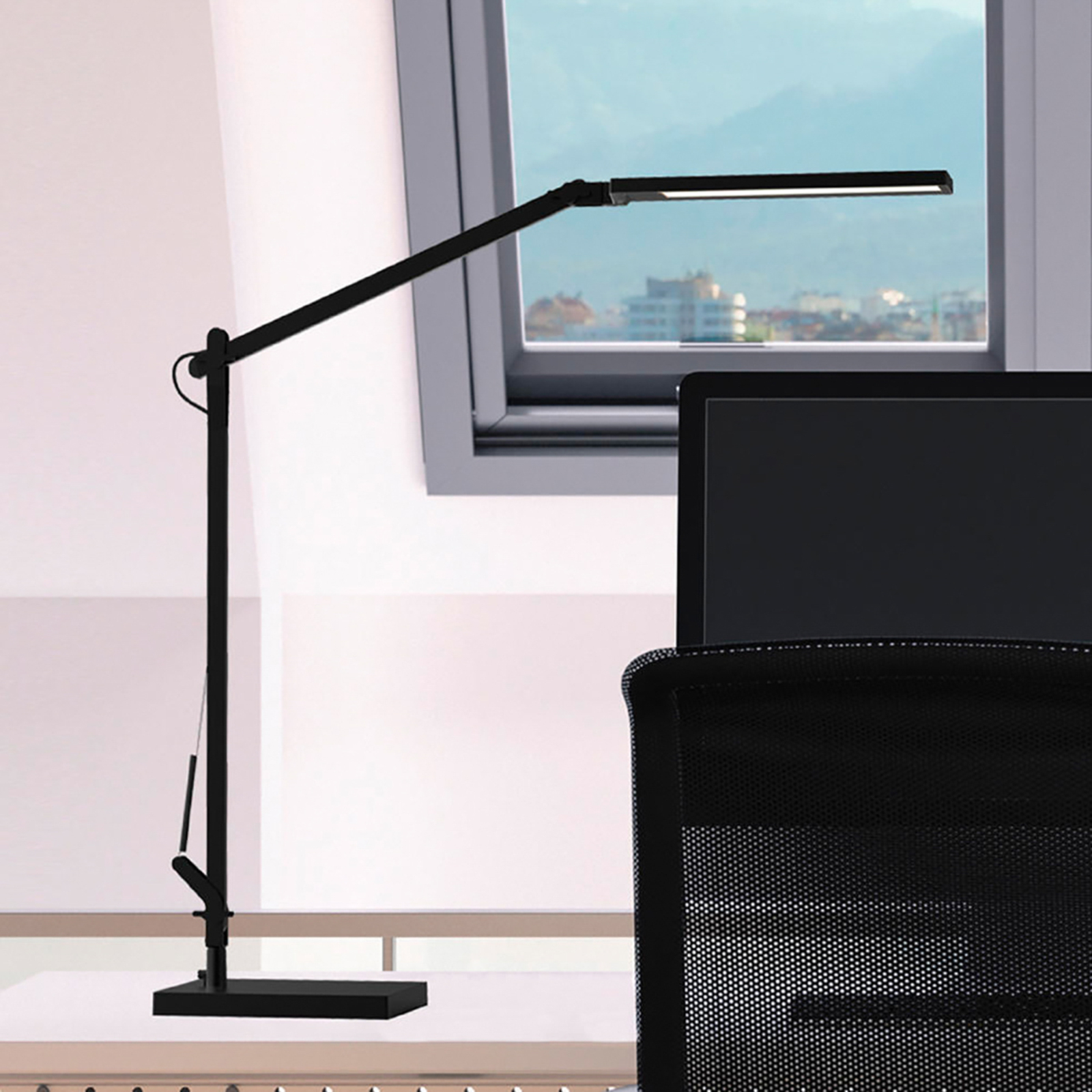
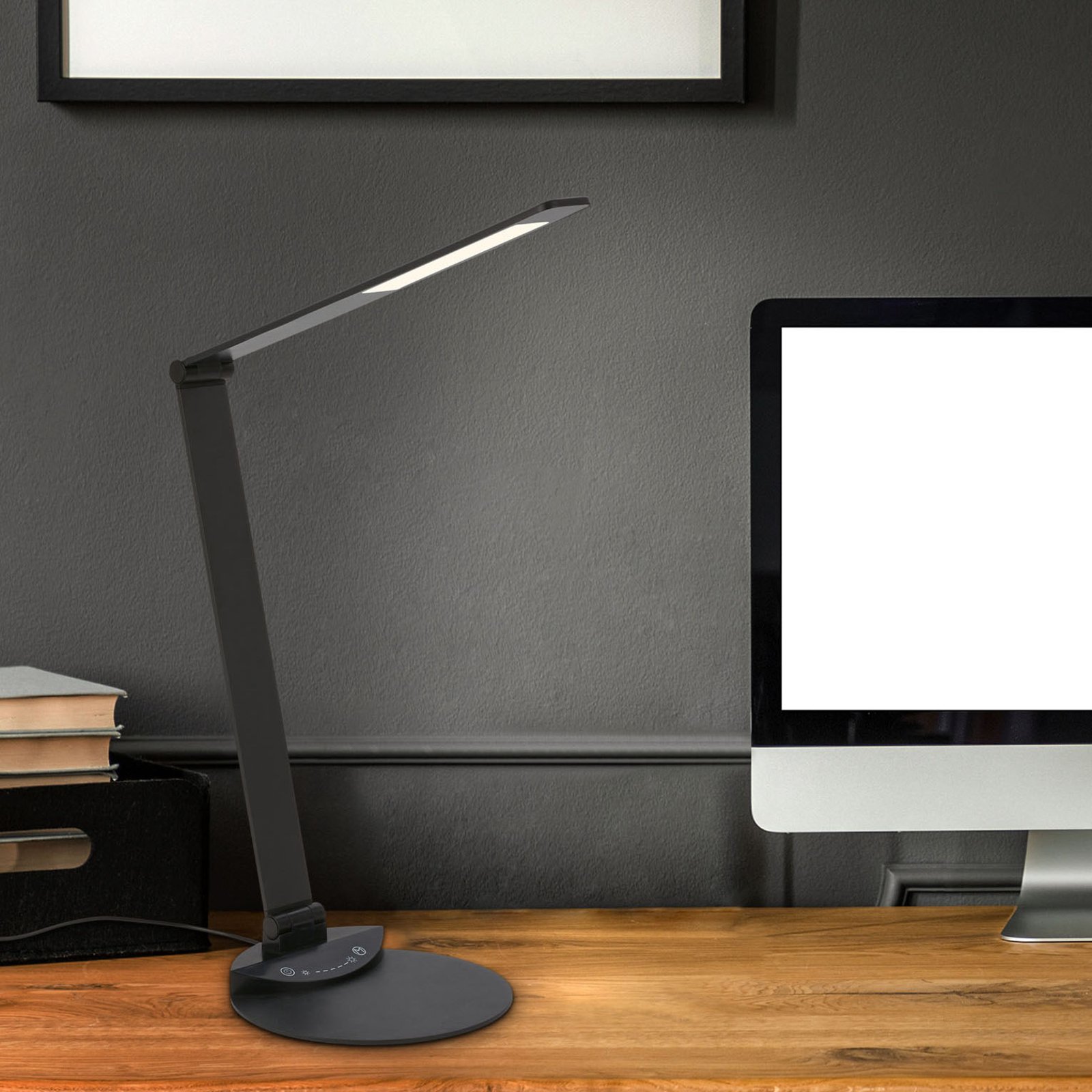
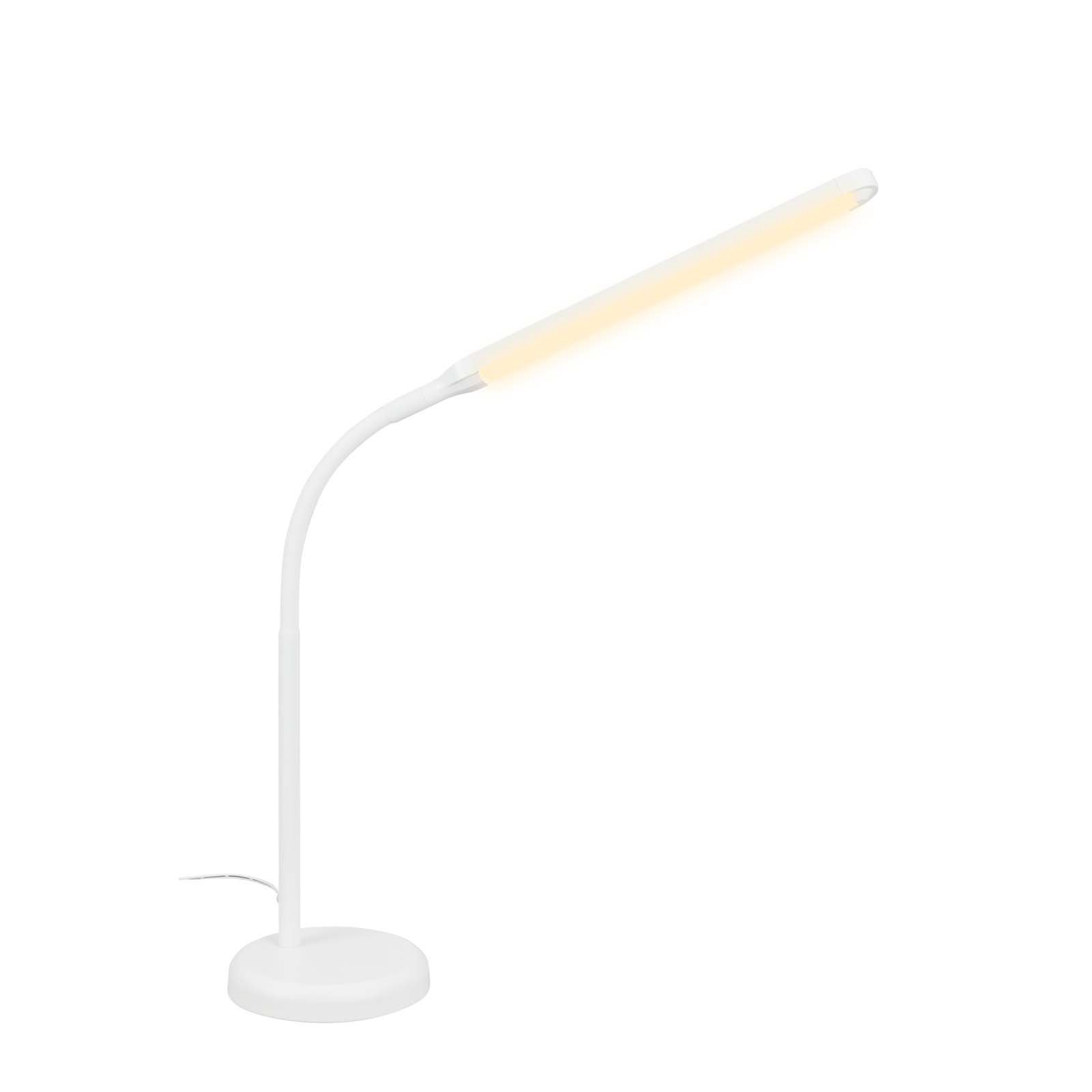
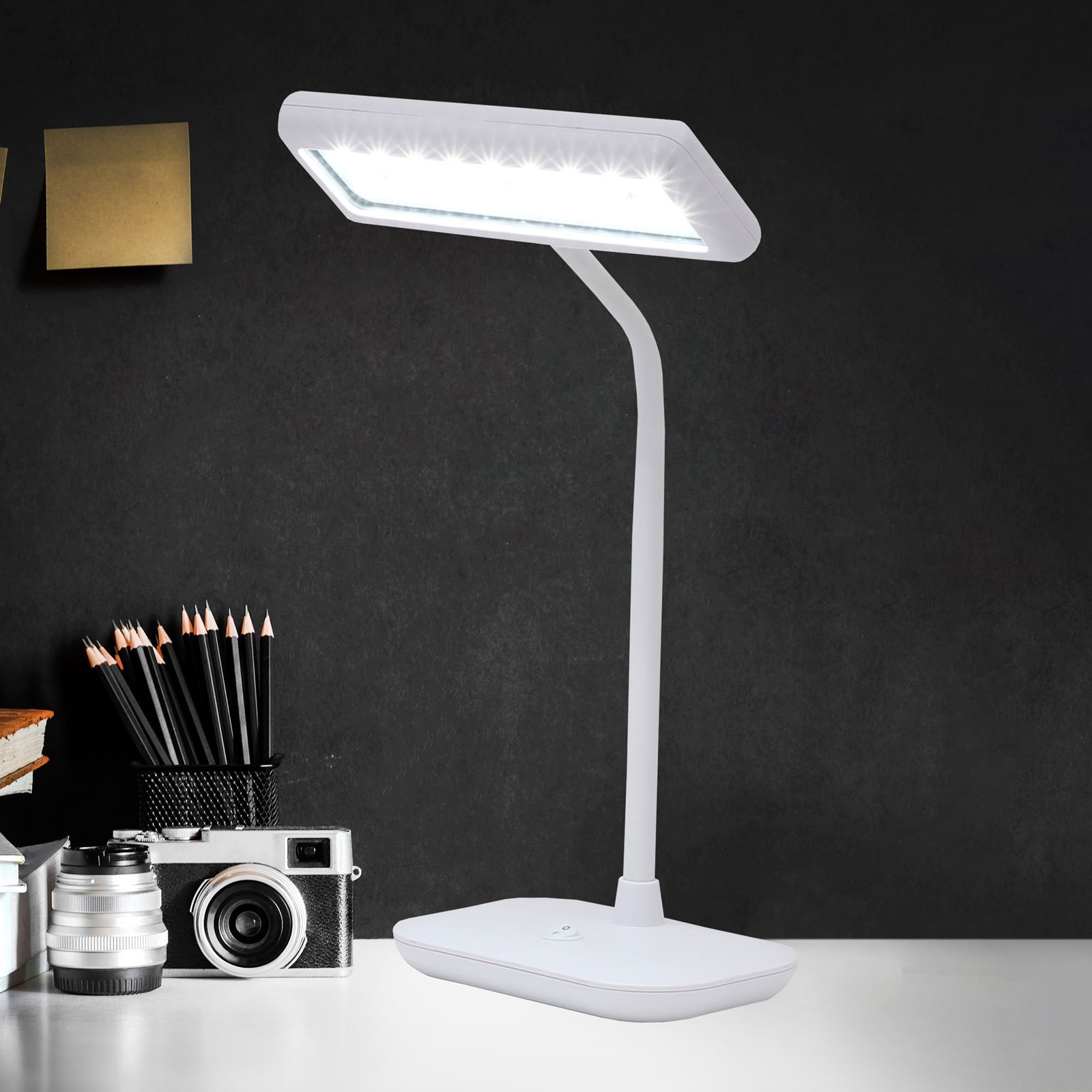
:format(jpeg))
:format(jpeg))
:format(jpeg))
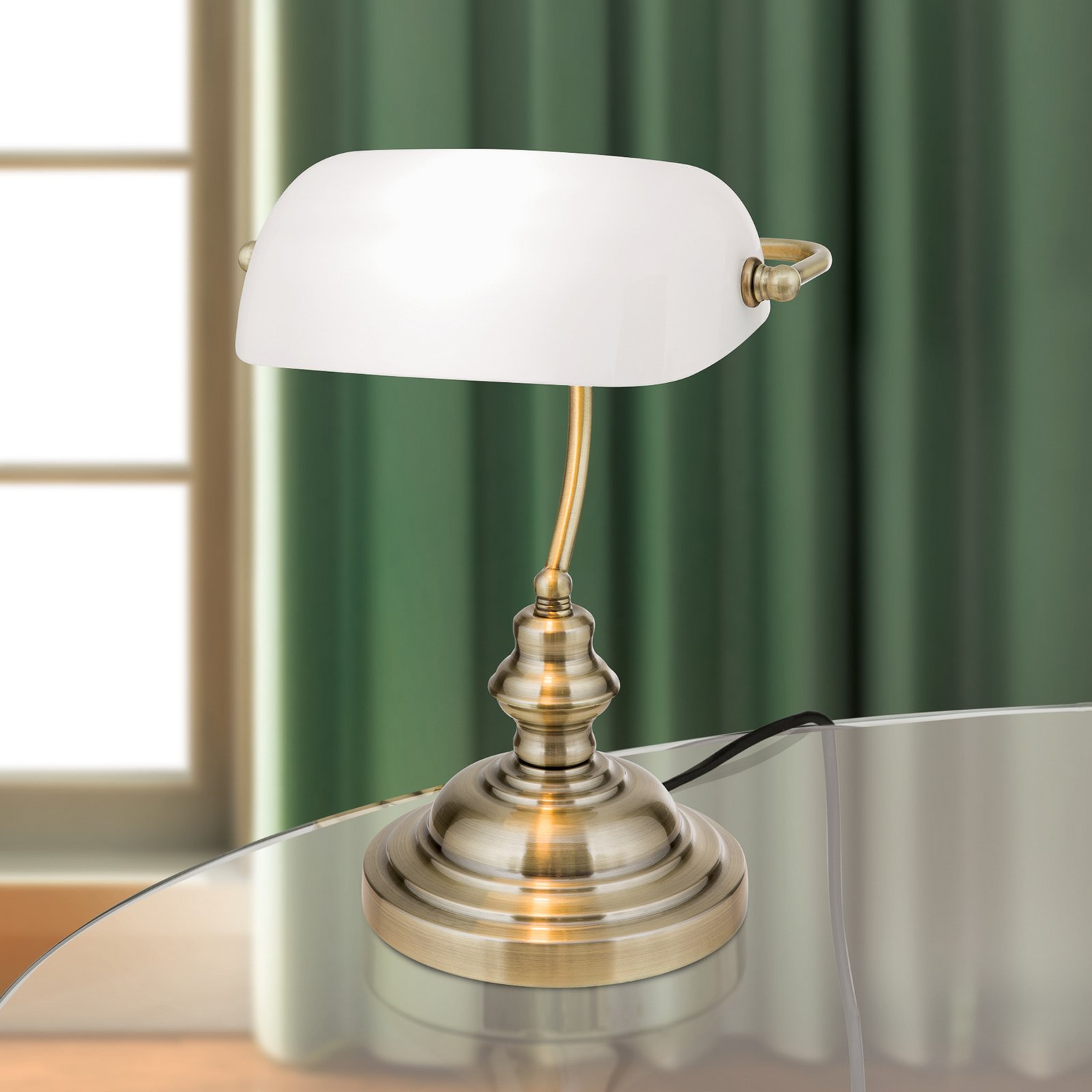
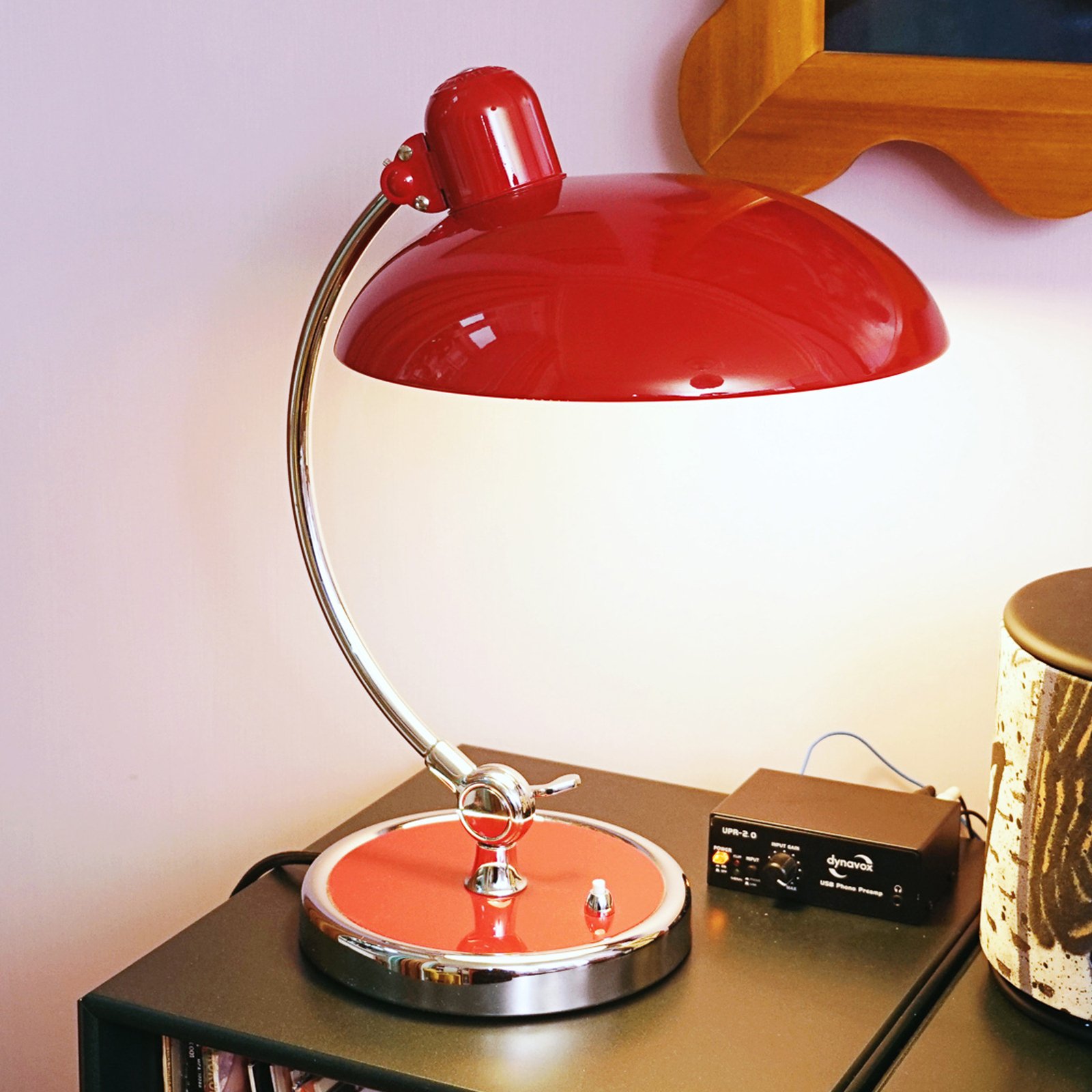

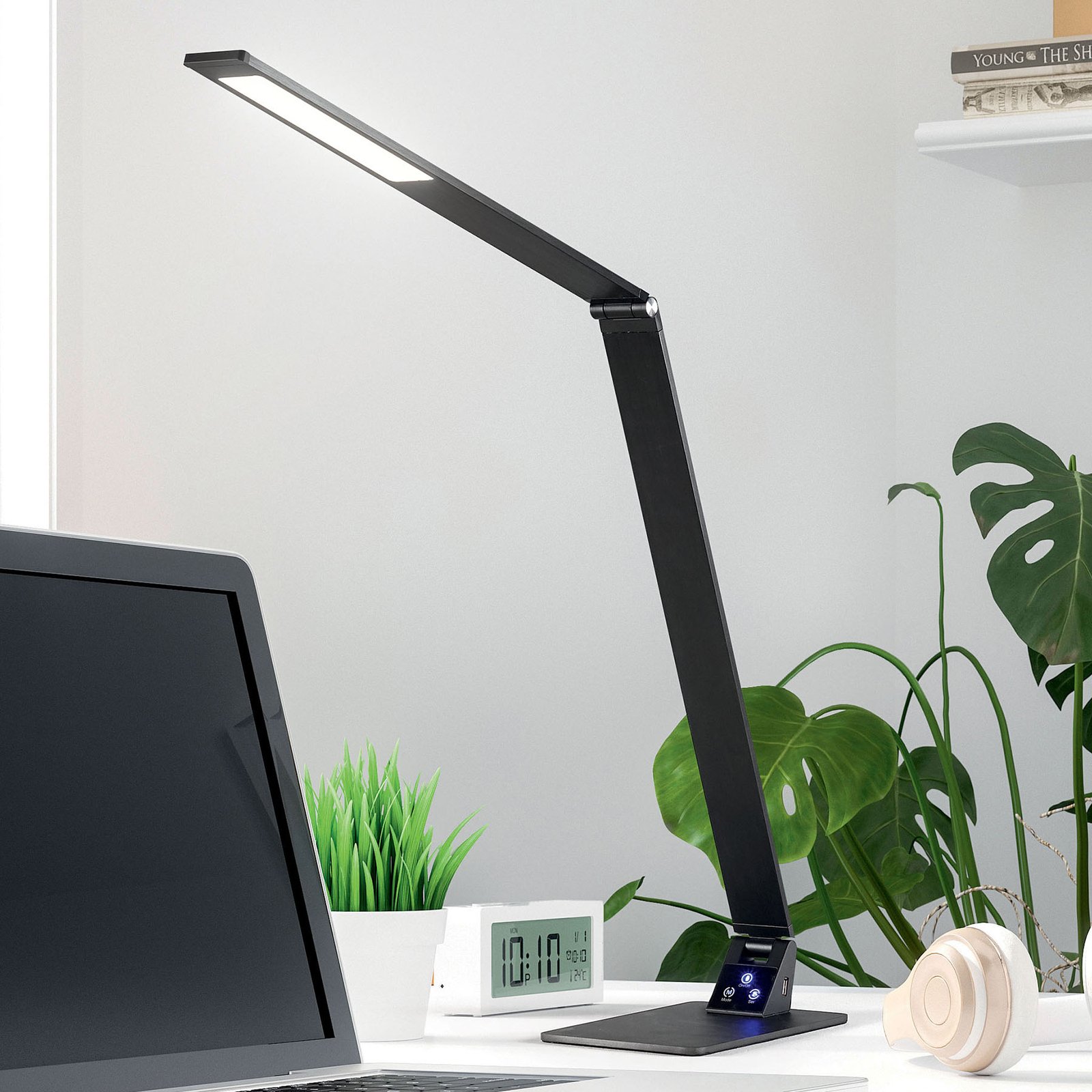
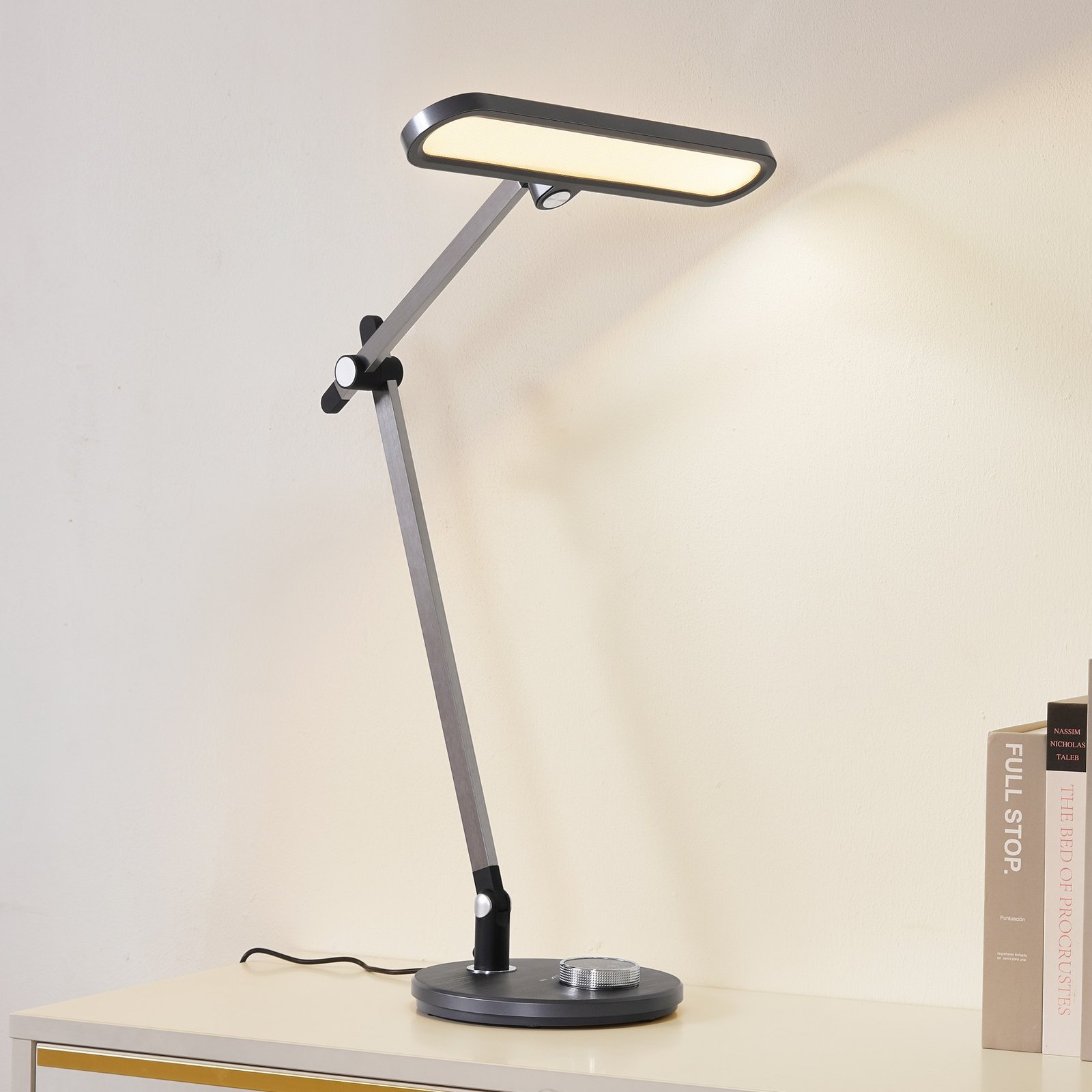
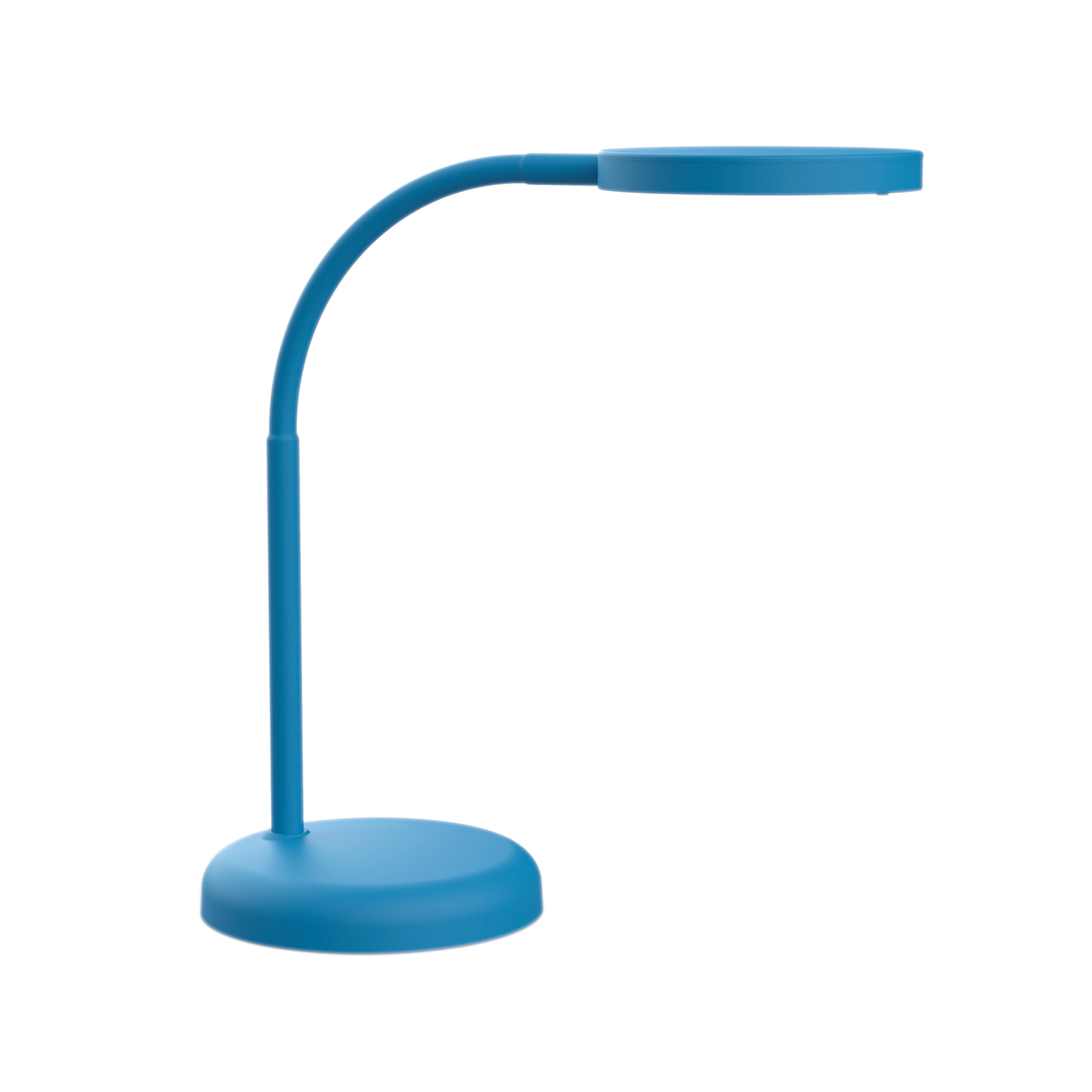
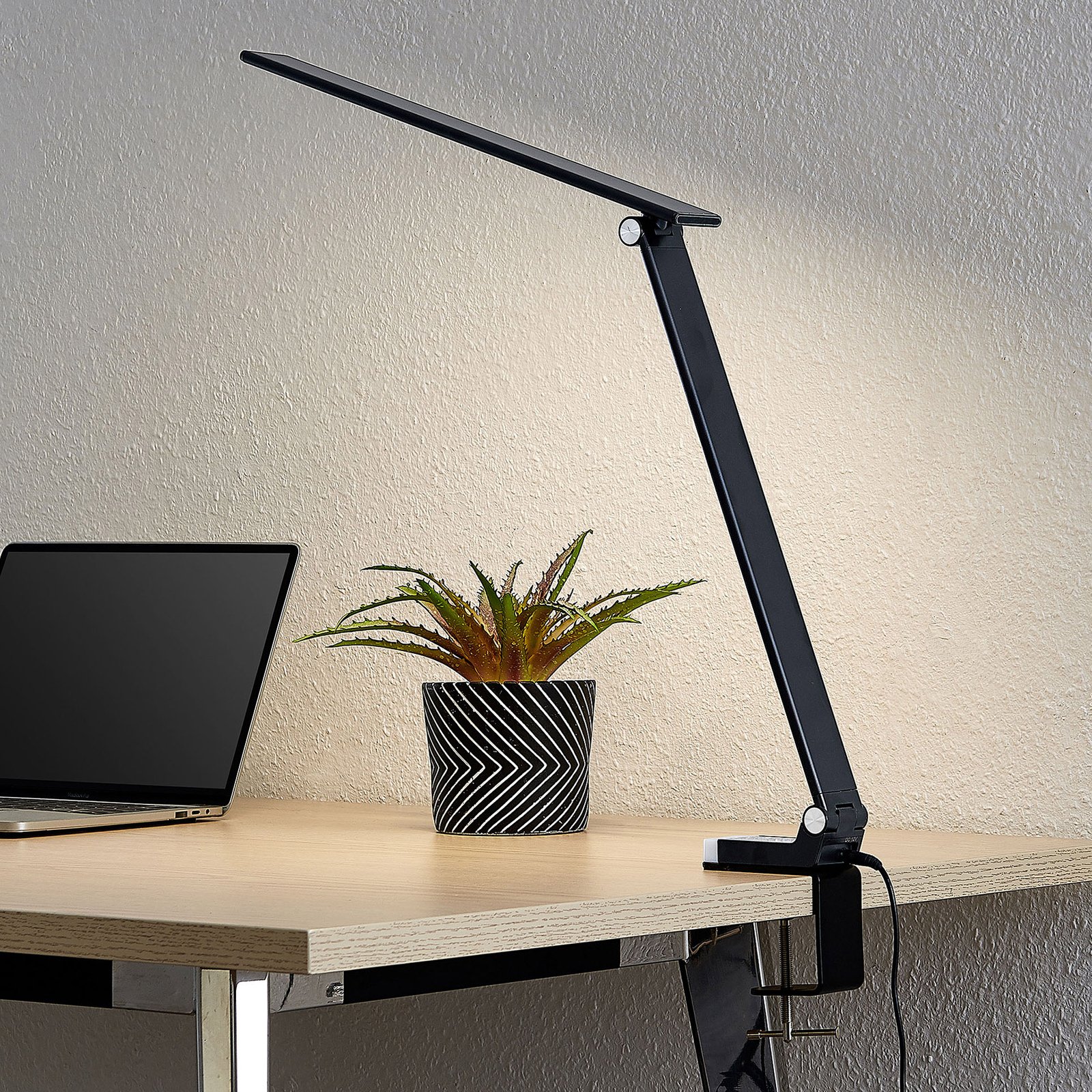
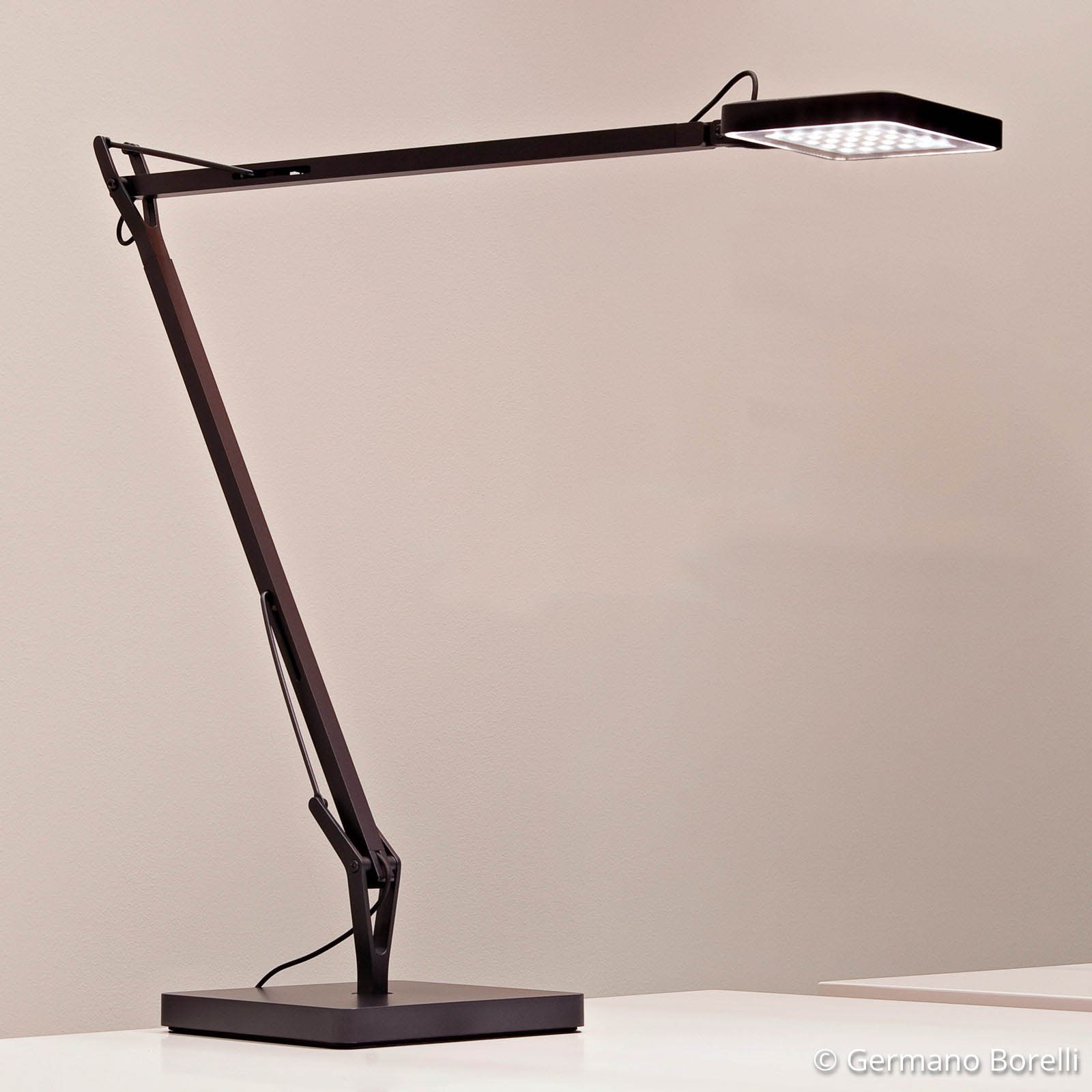
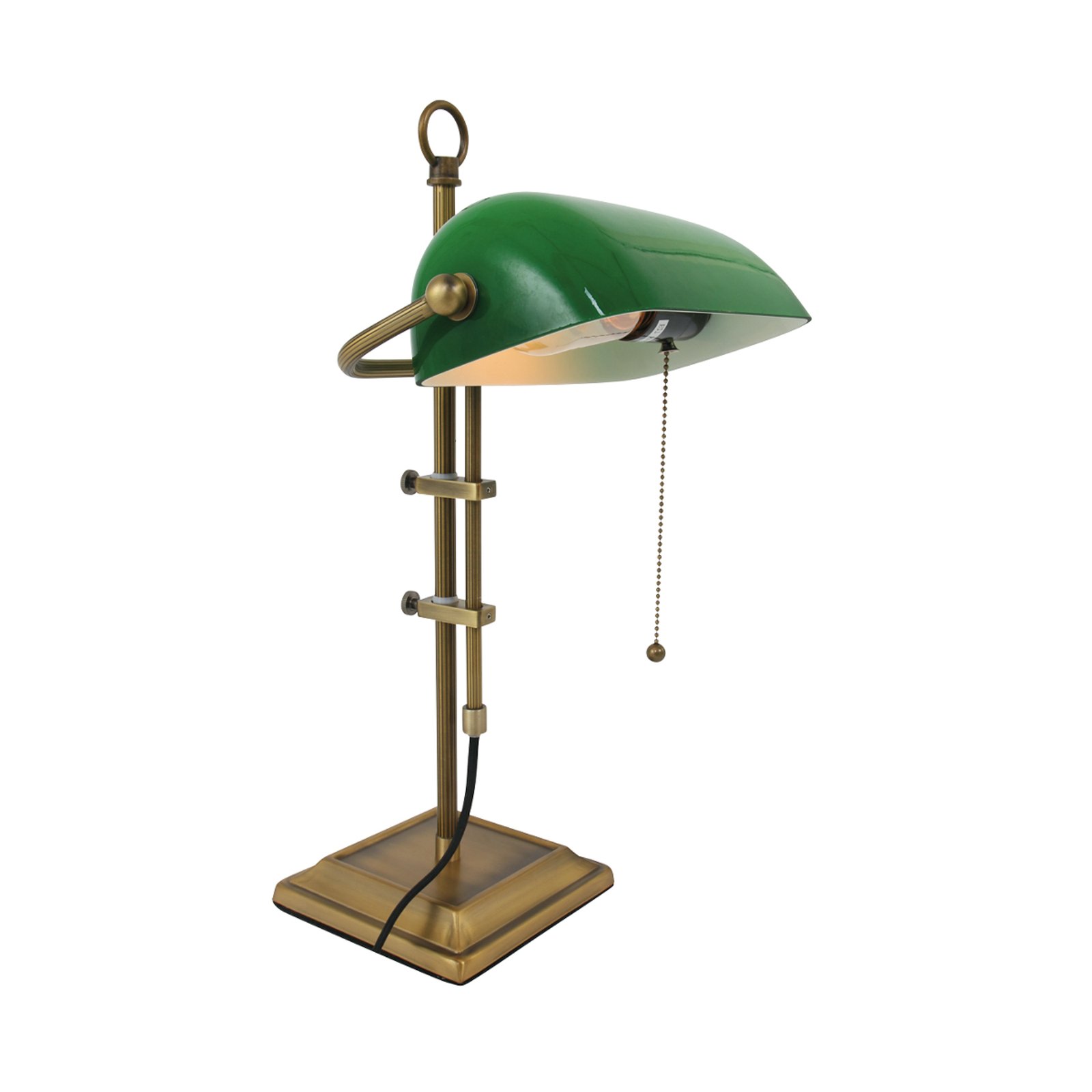
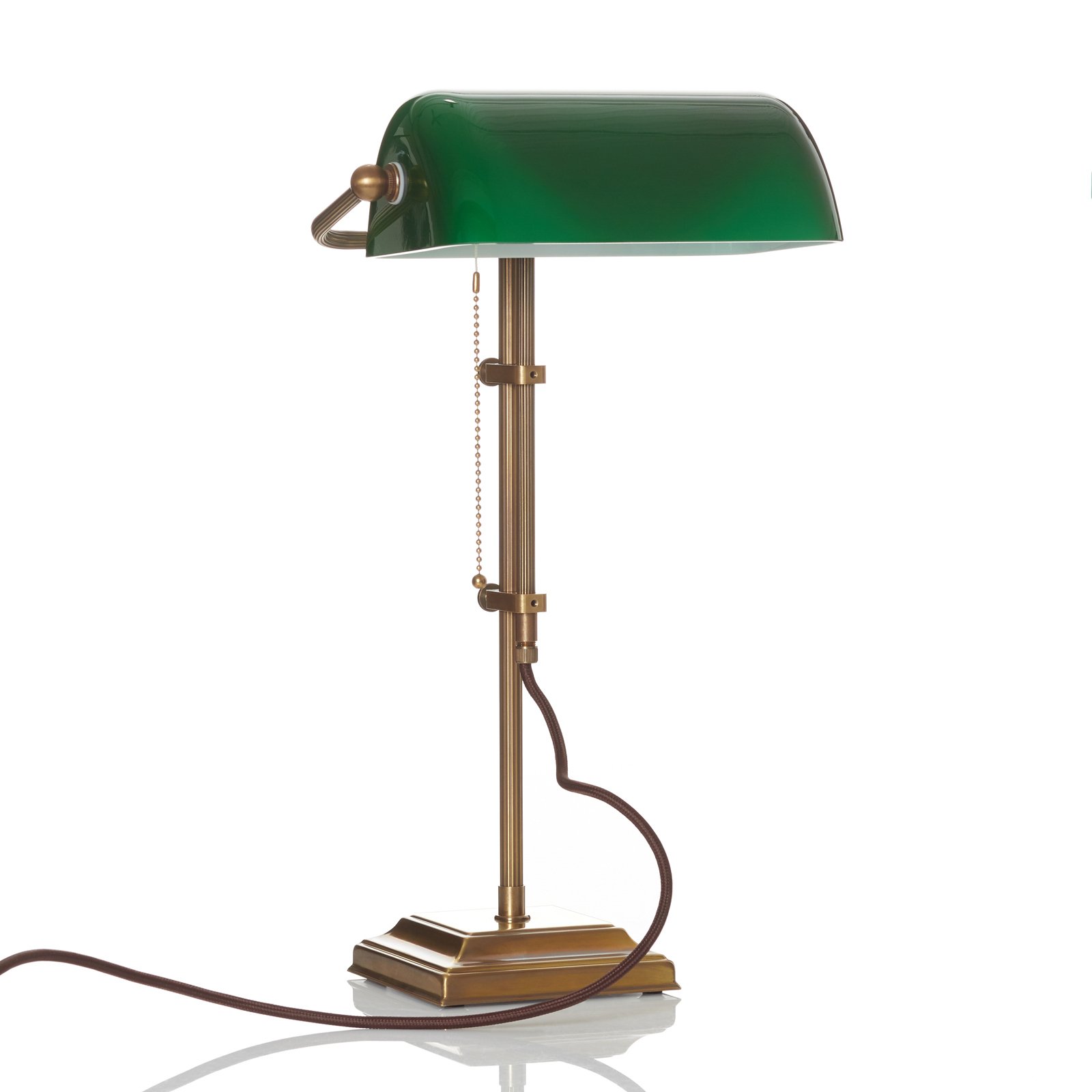
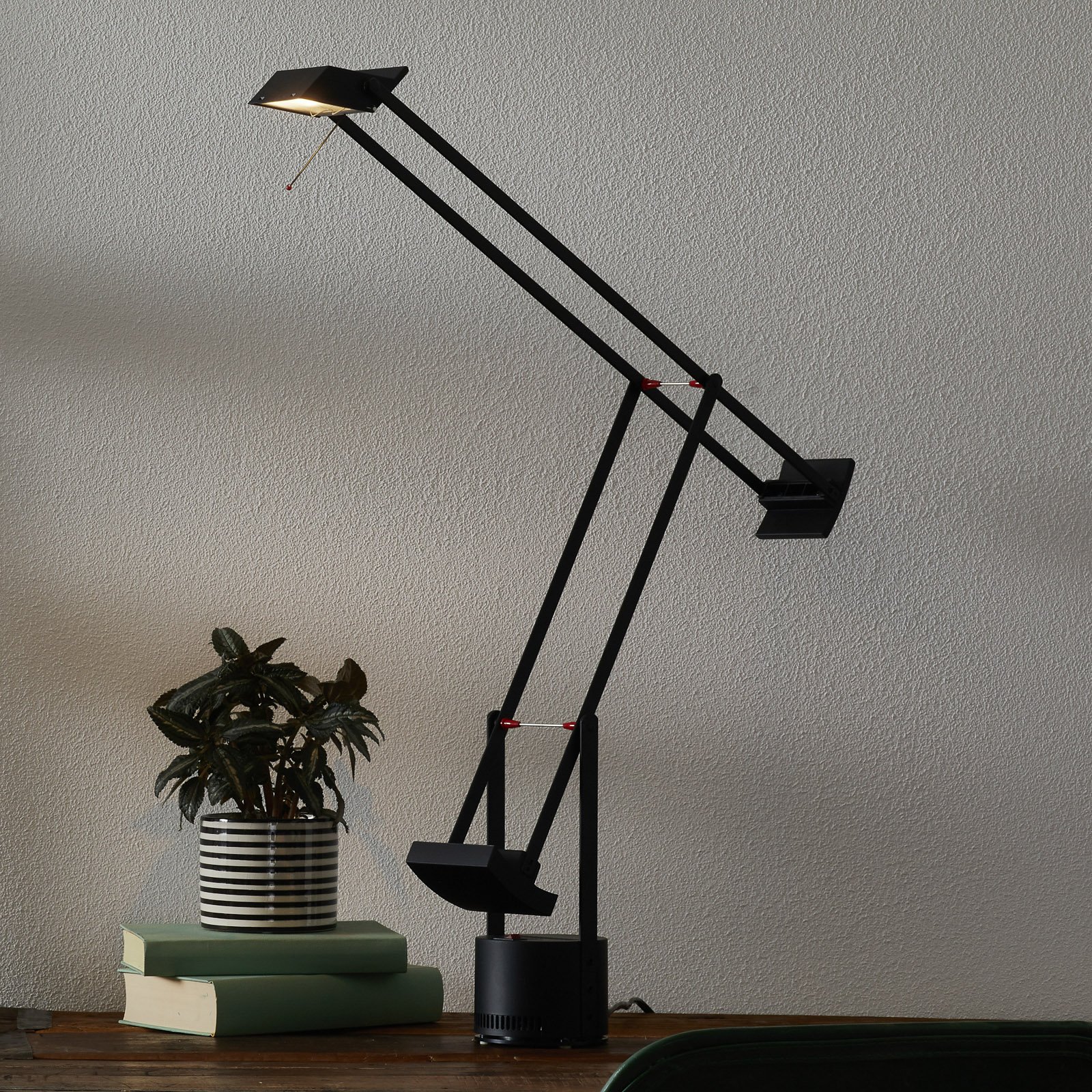
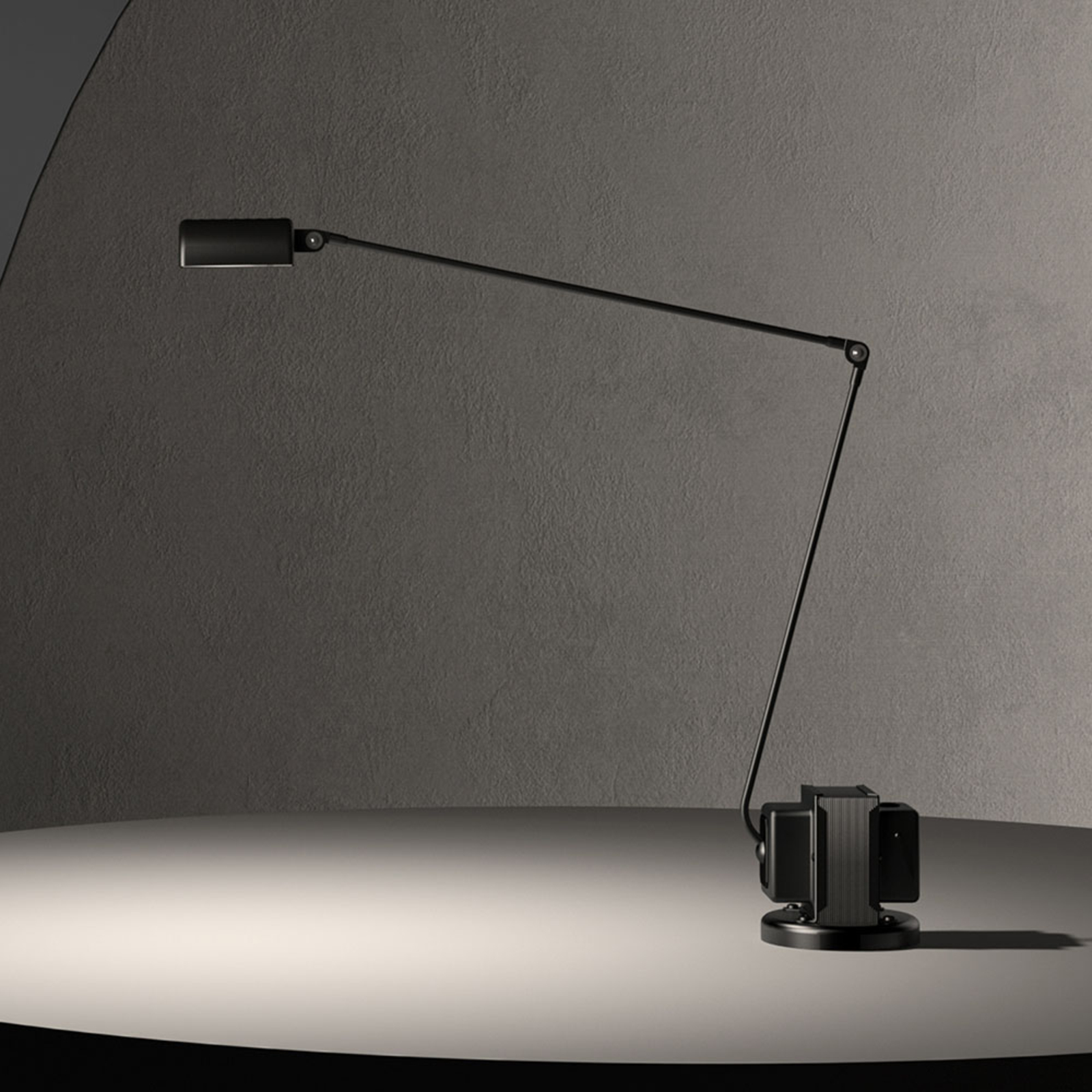
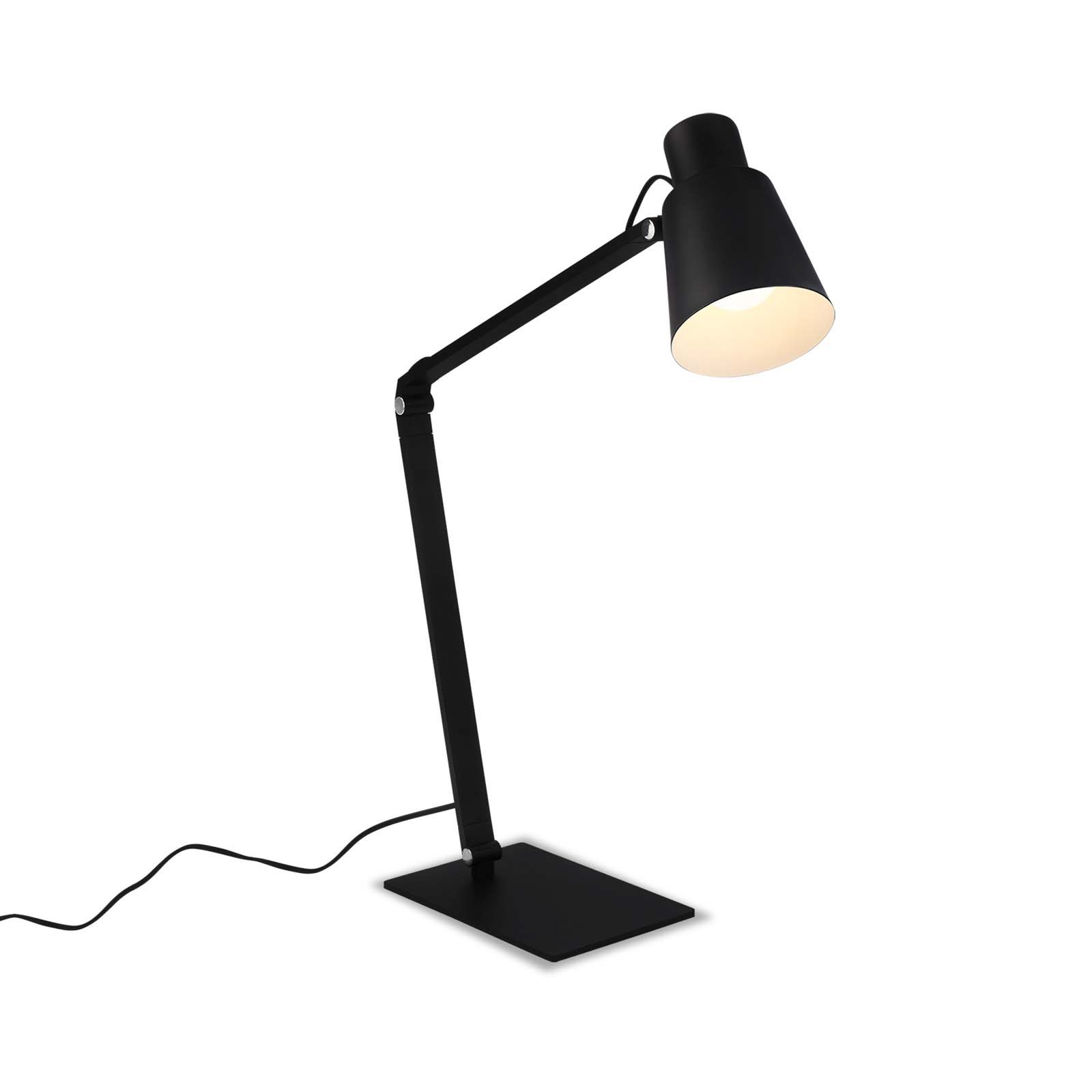
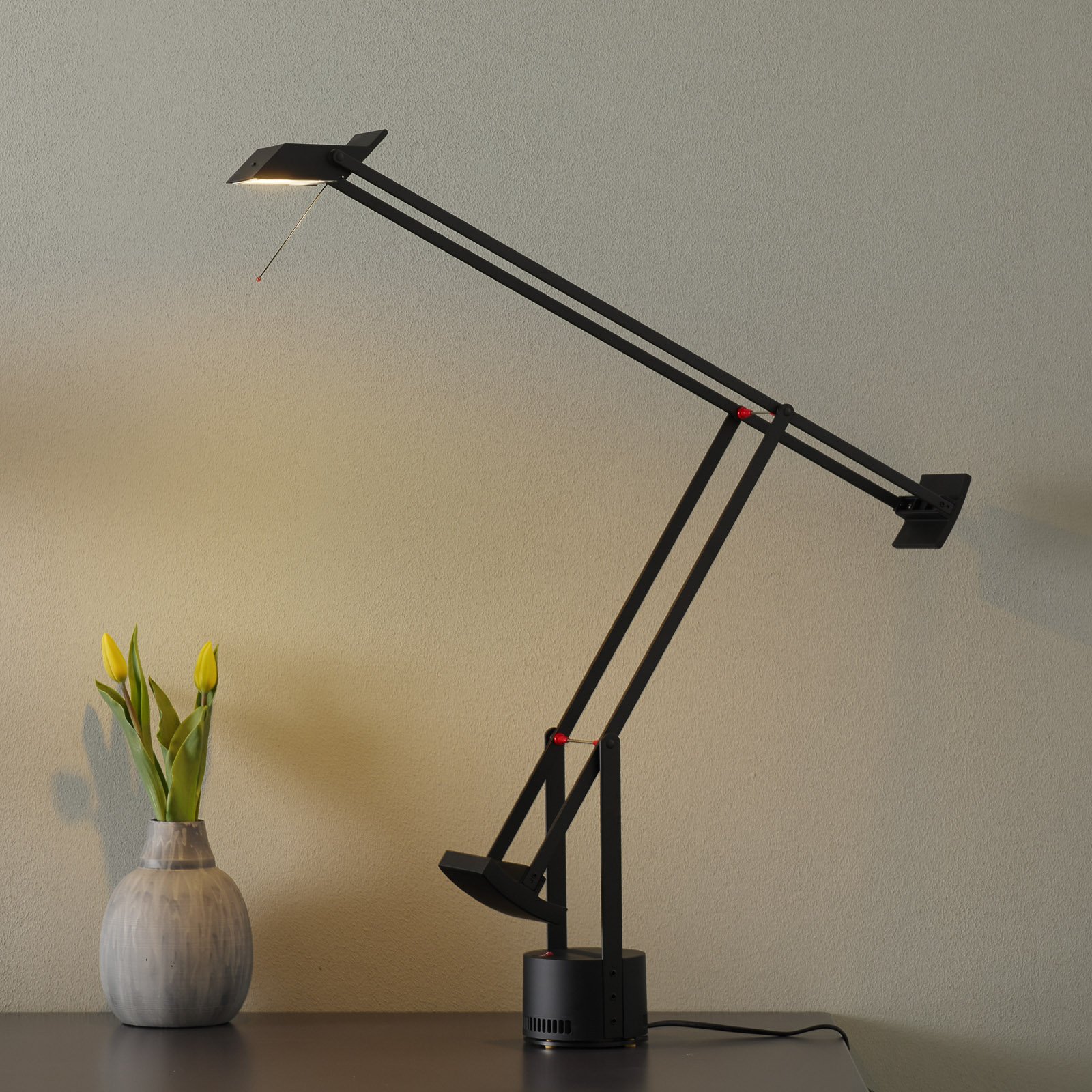
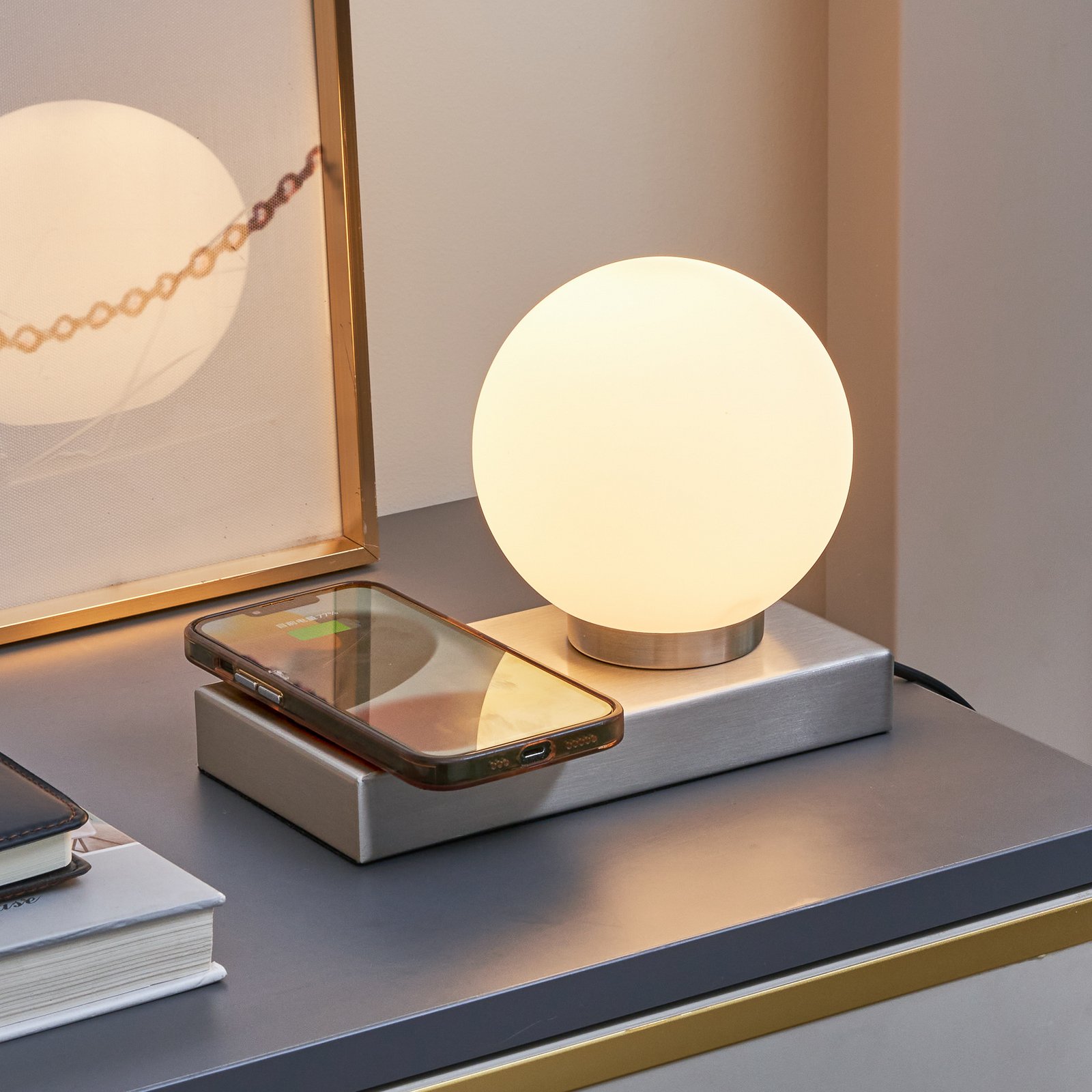
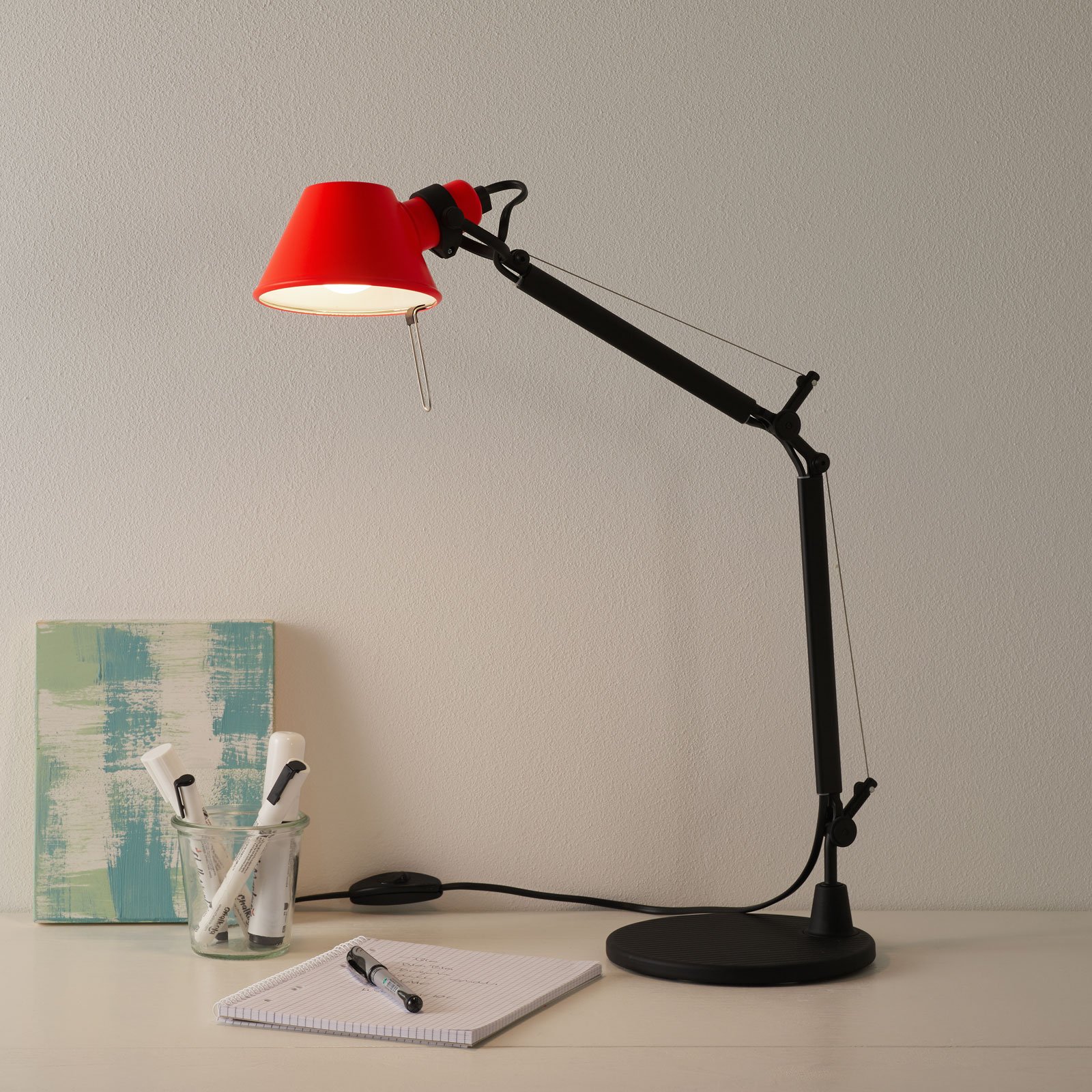
:format(jpeg))
